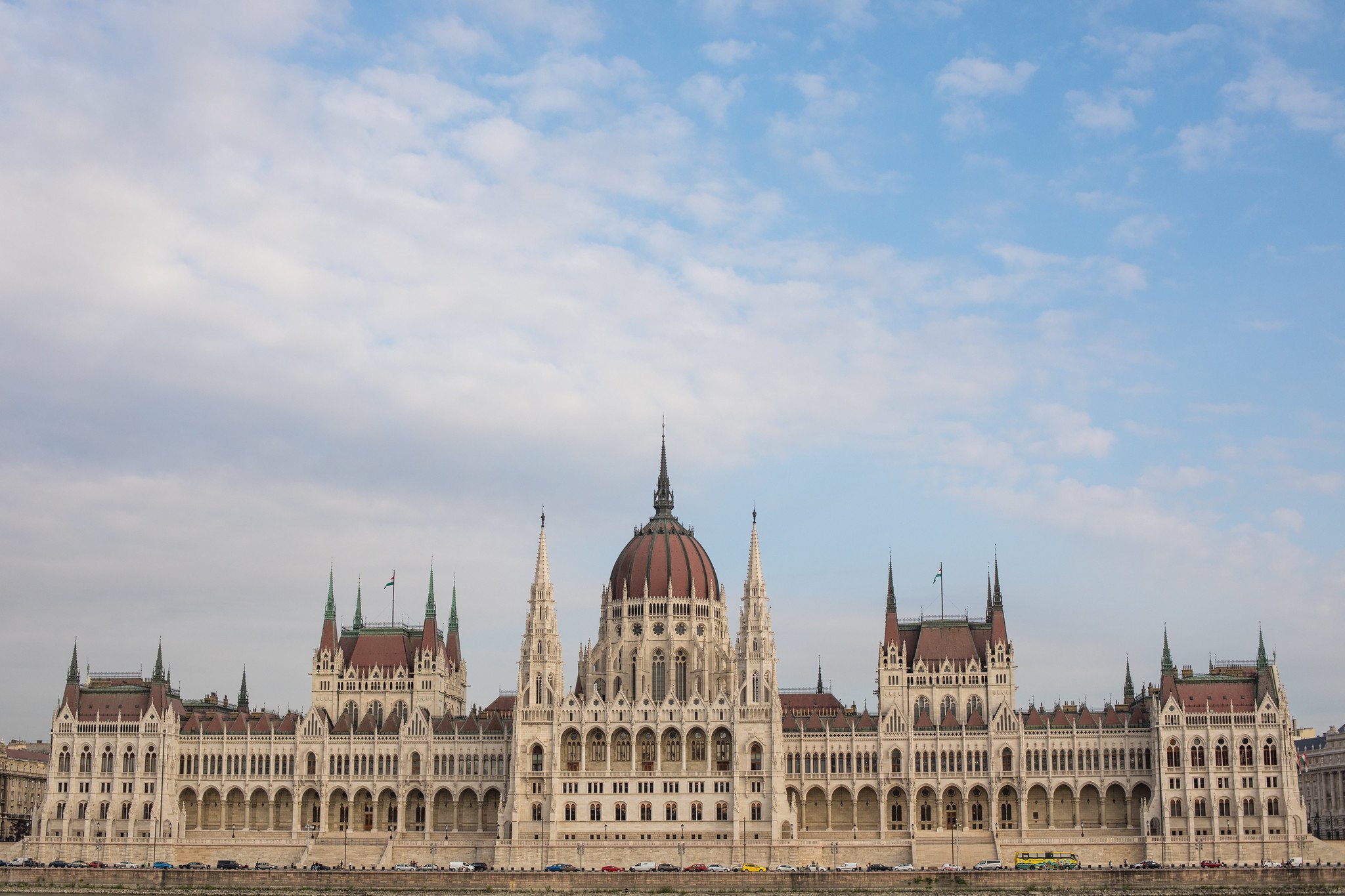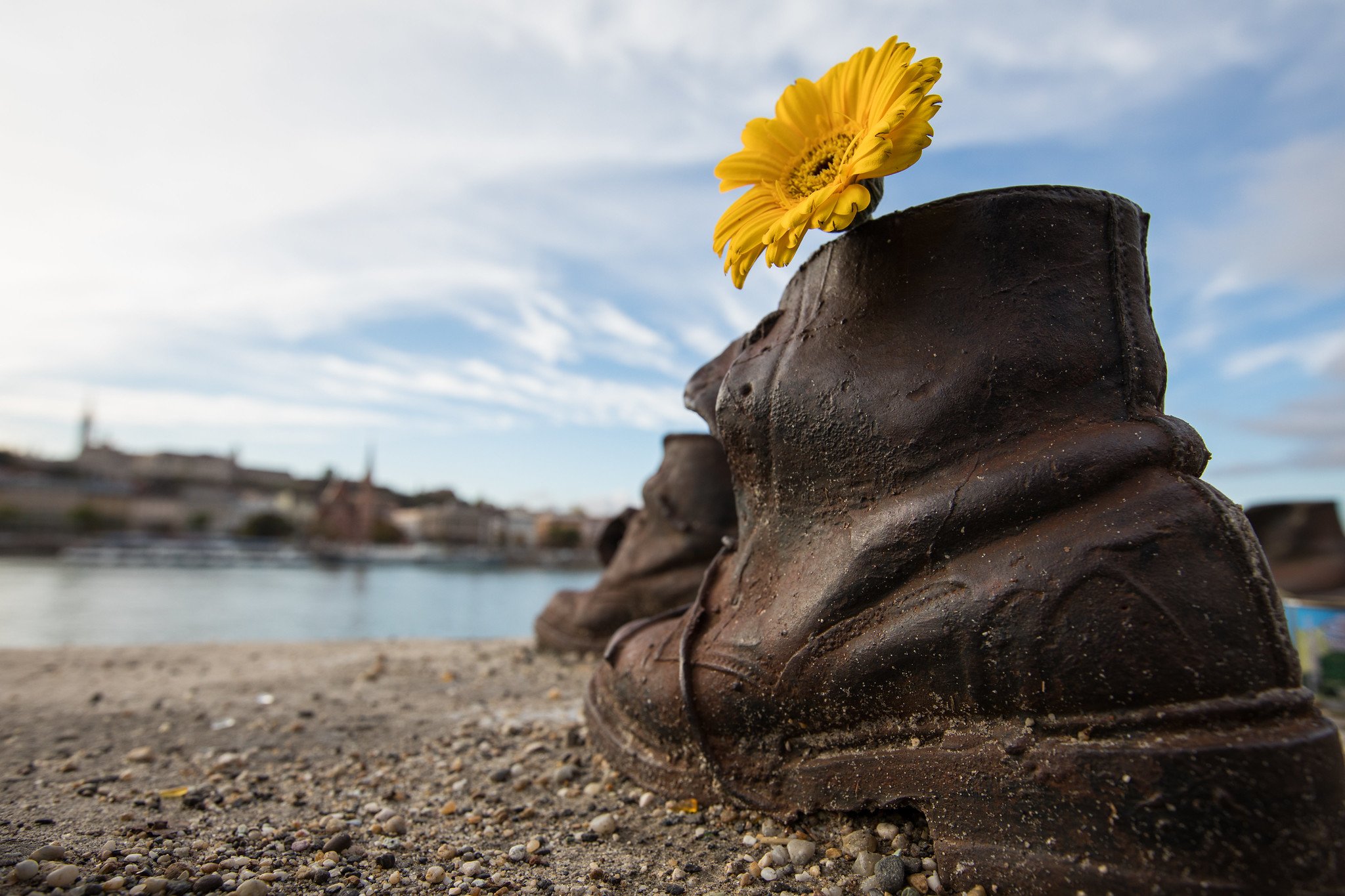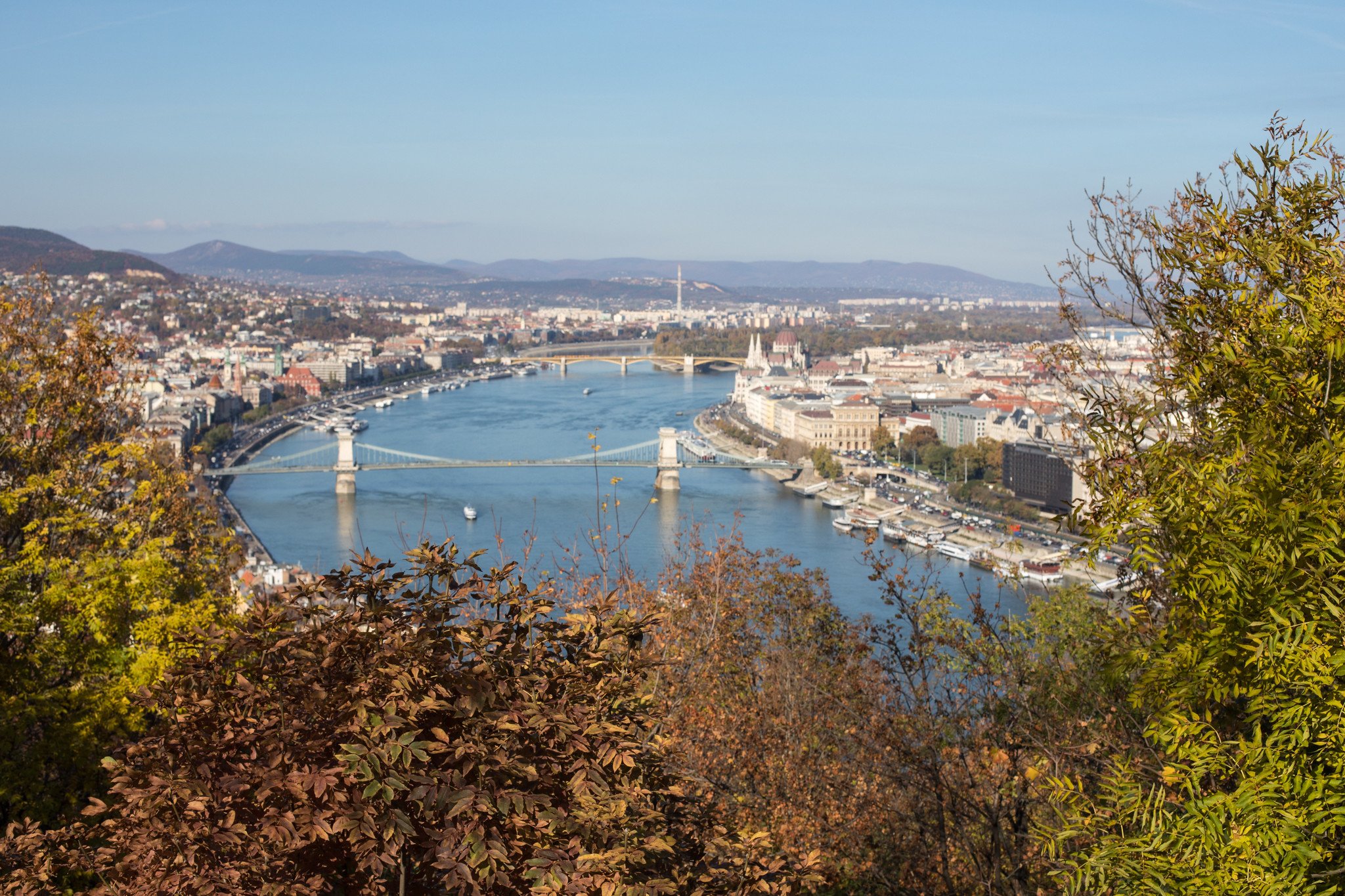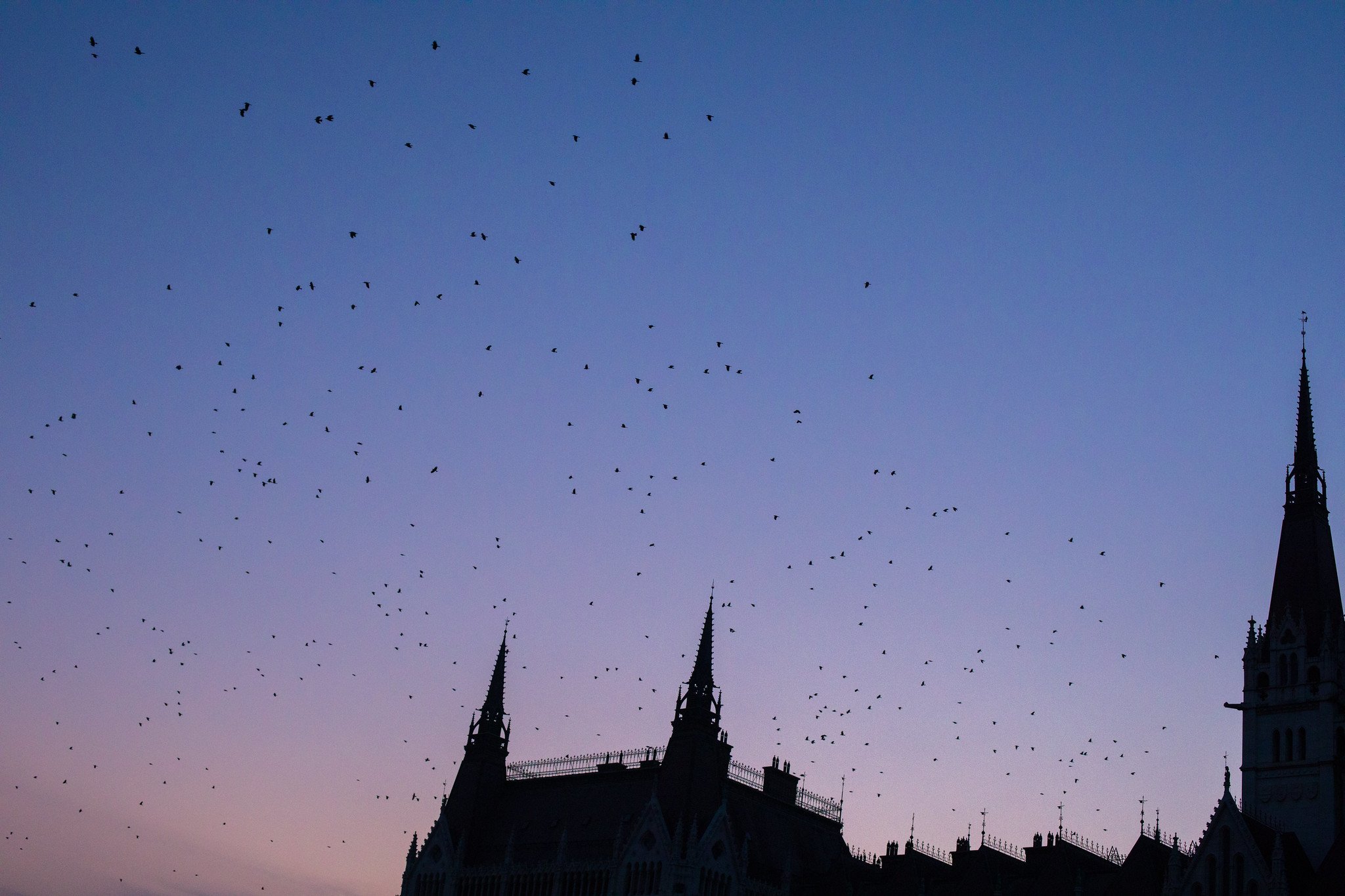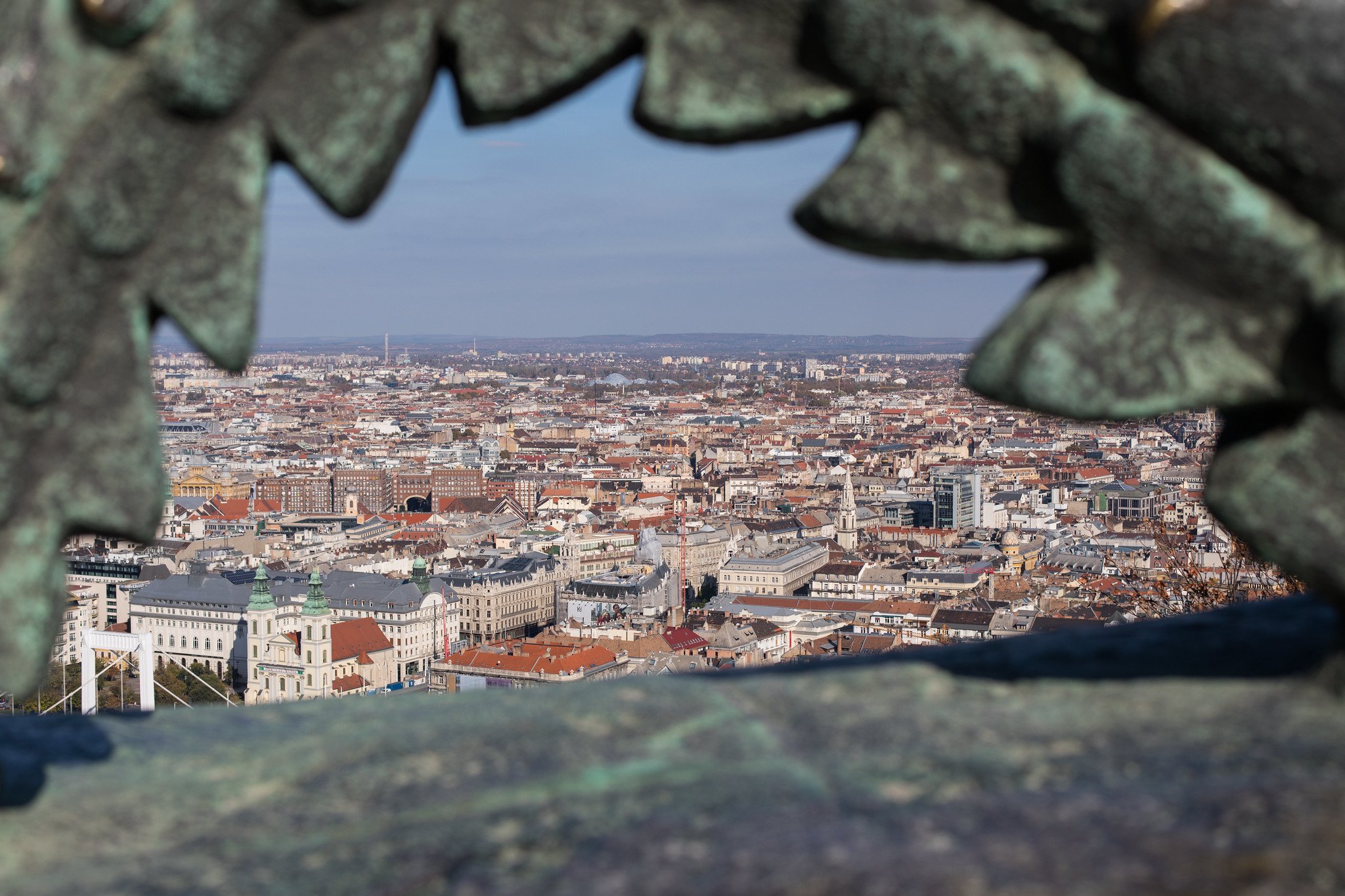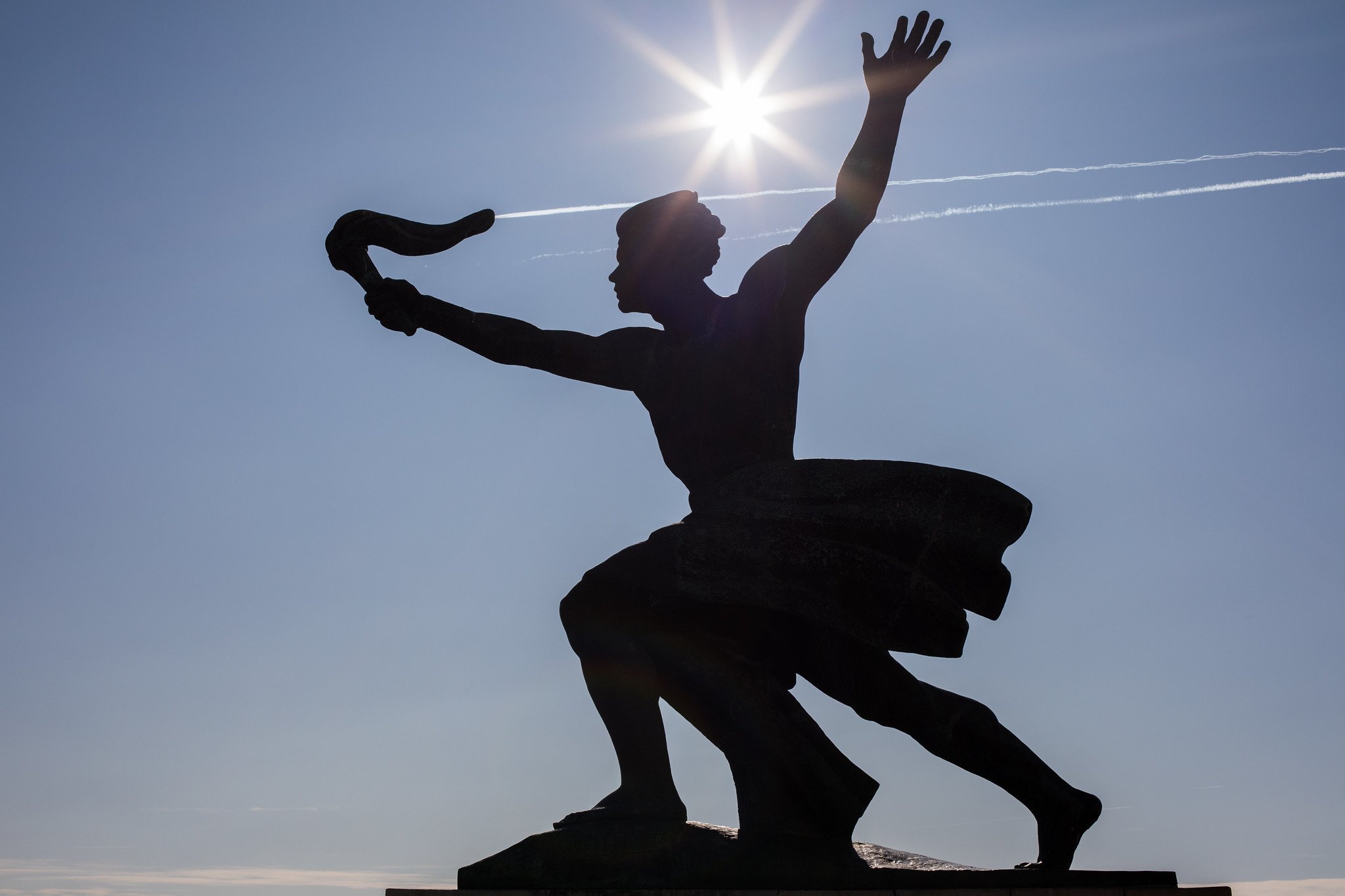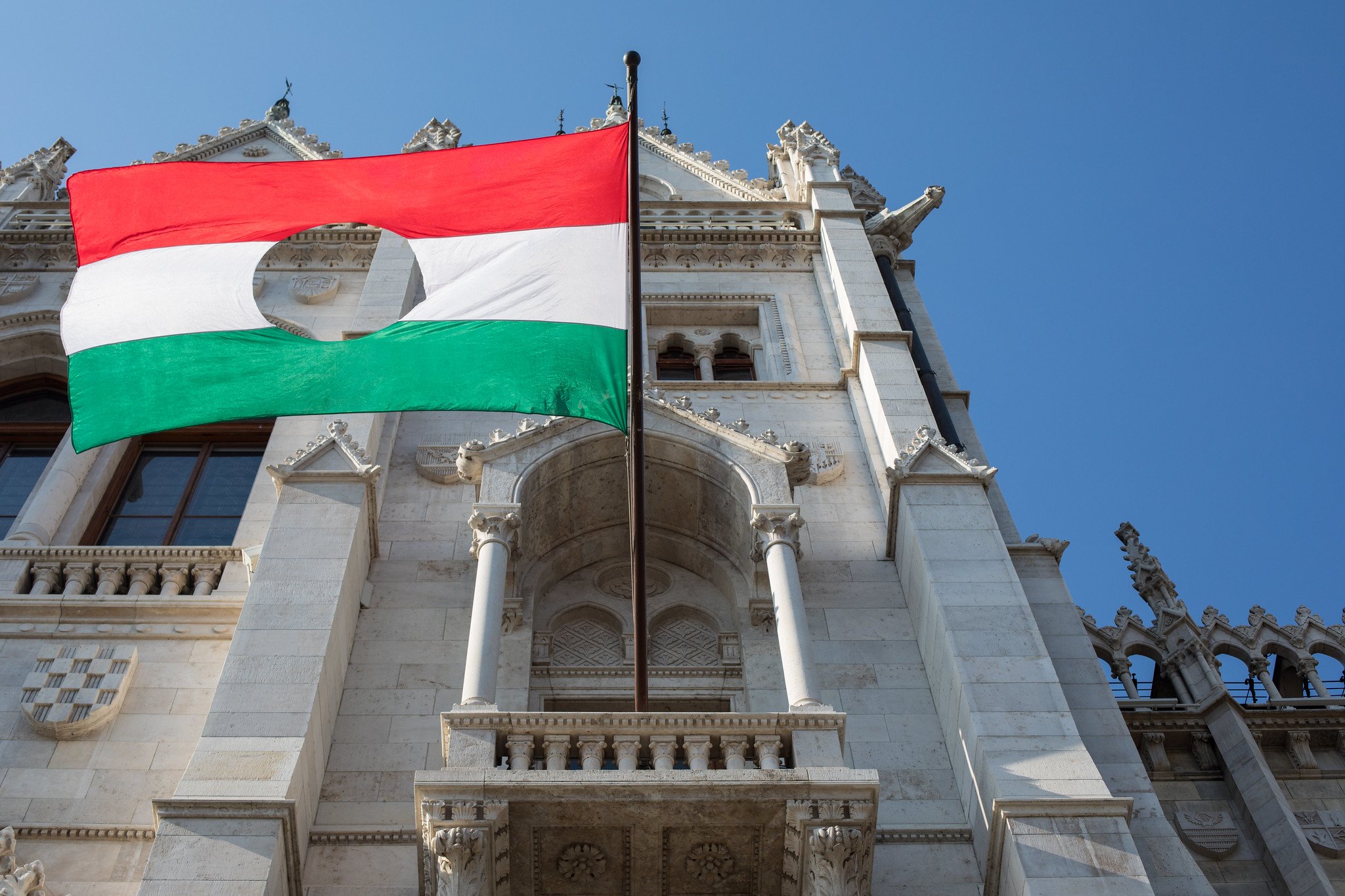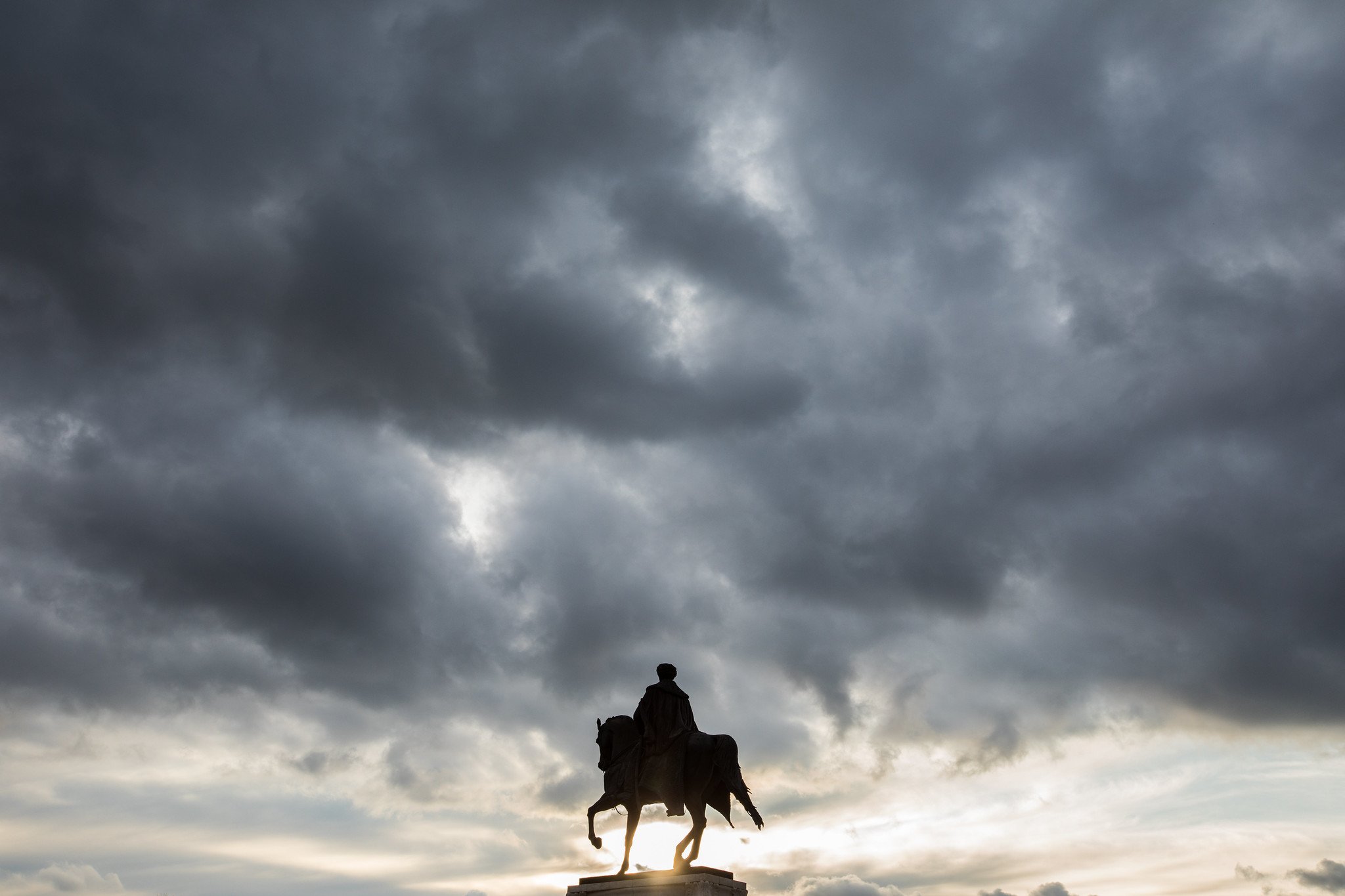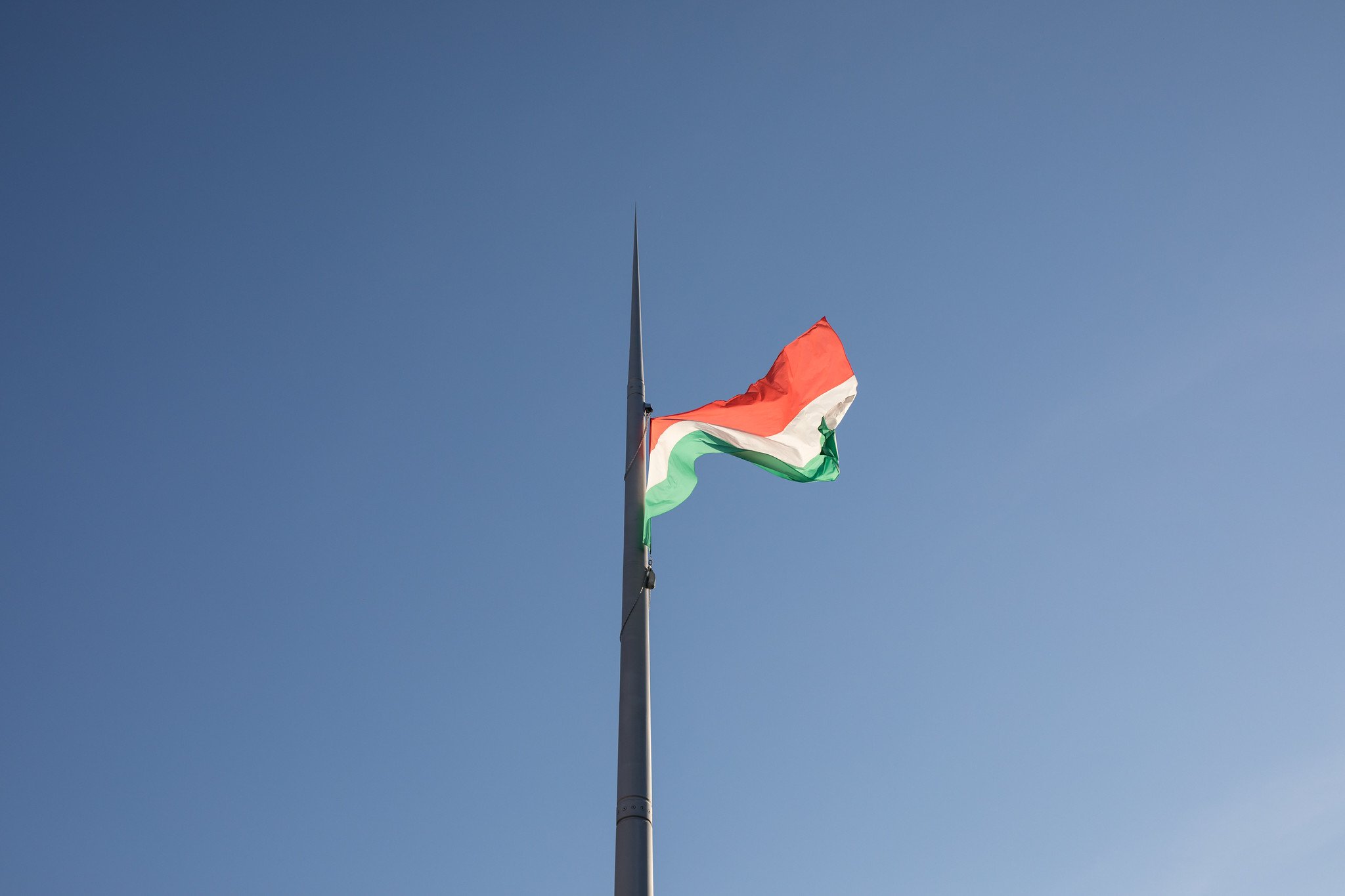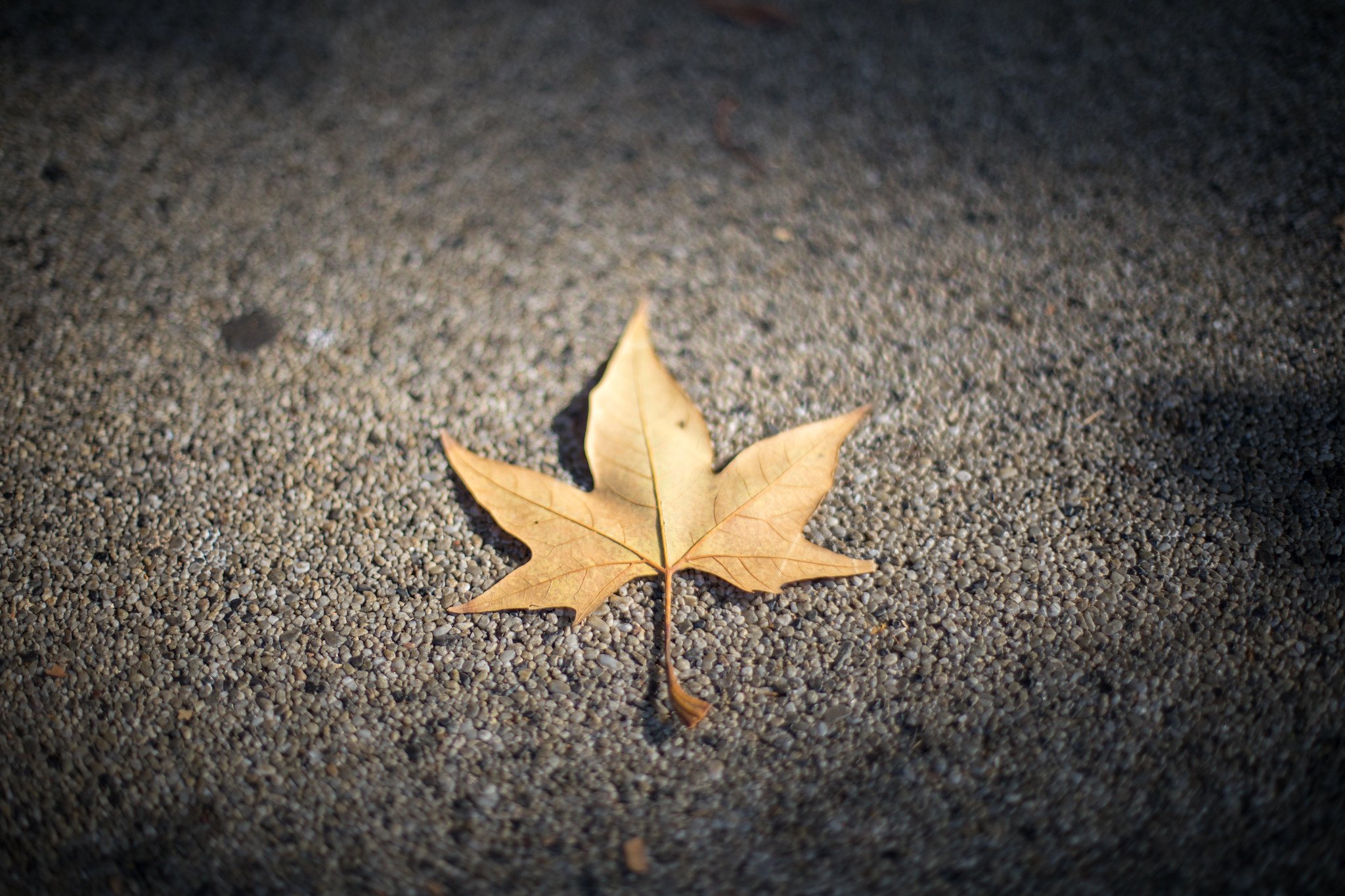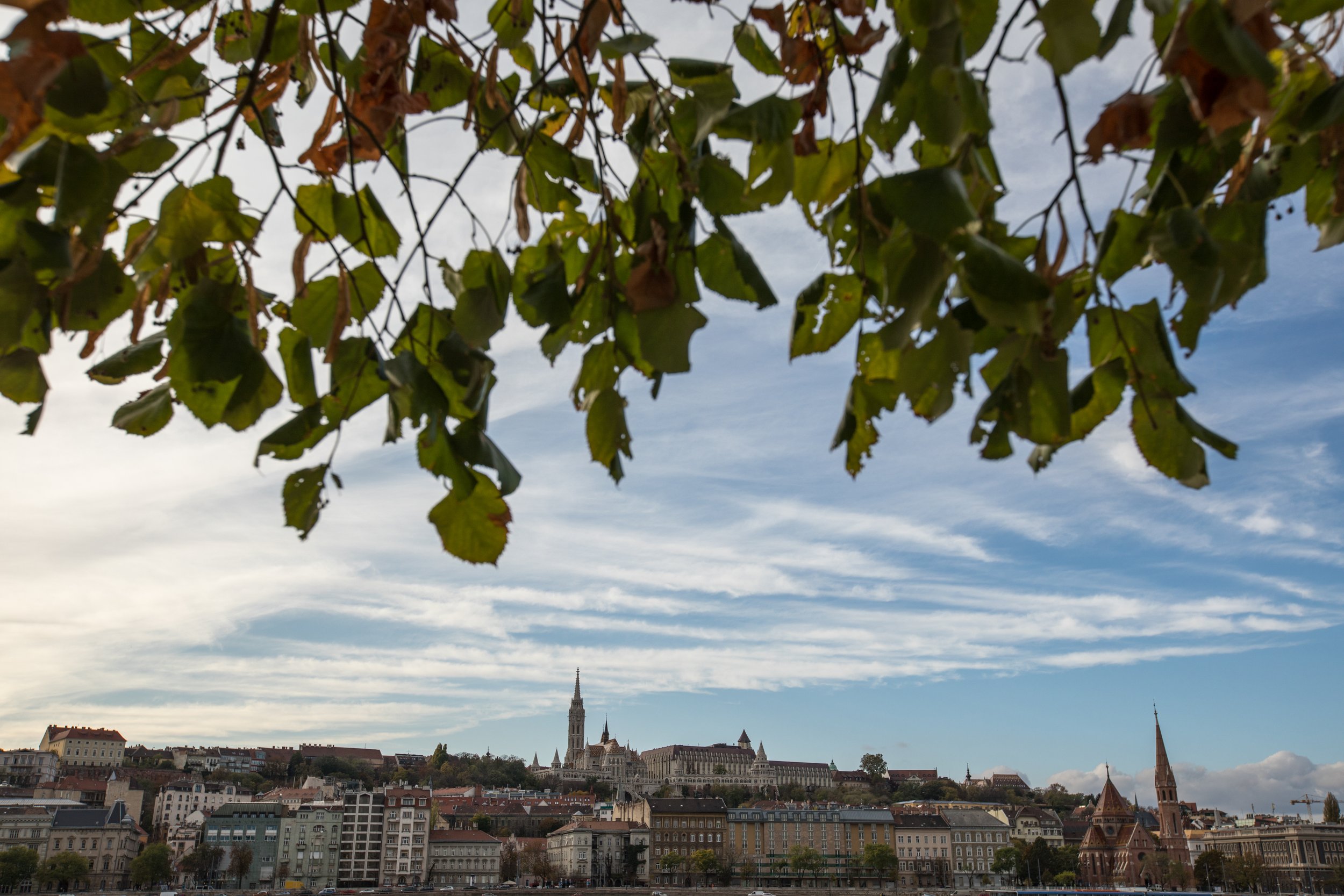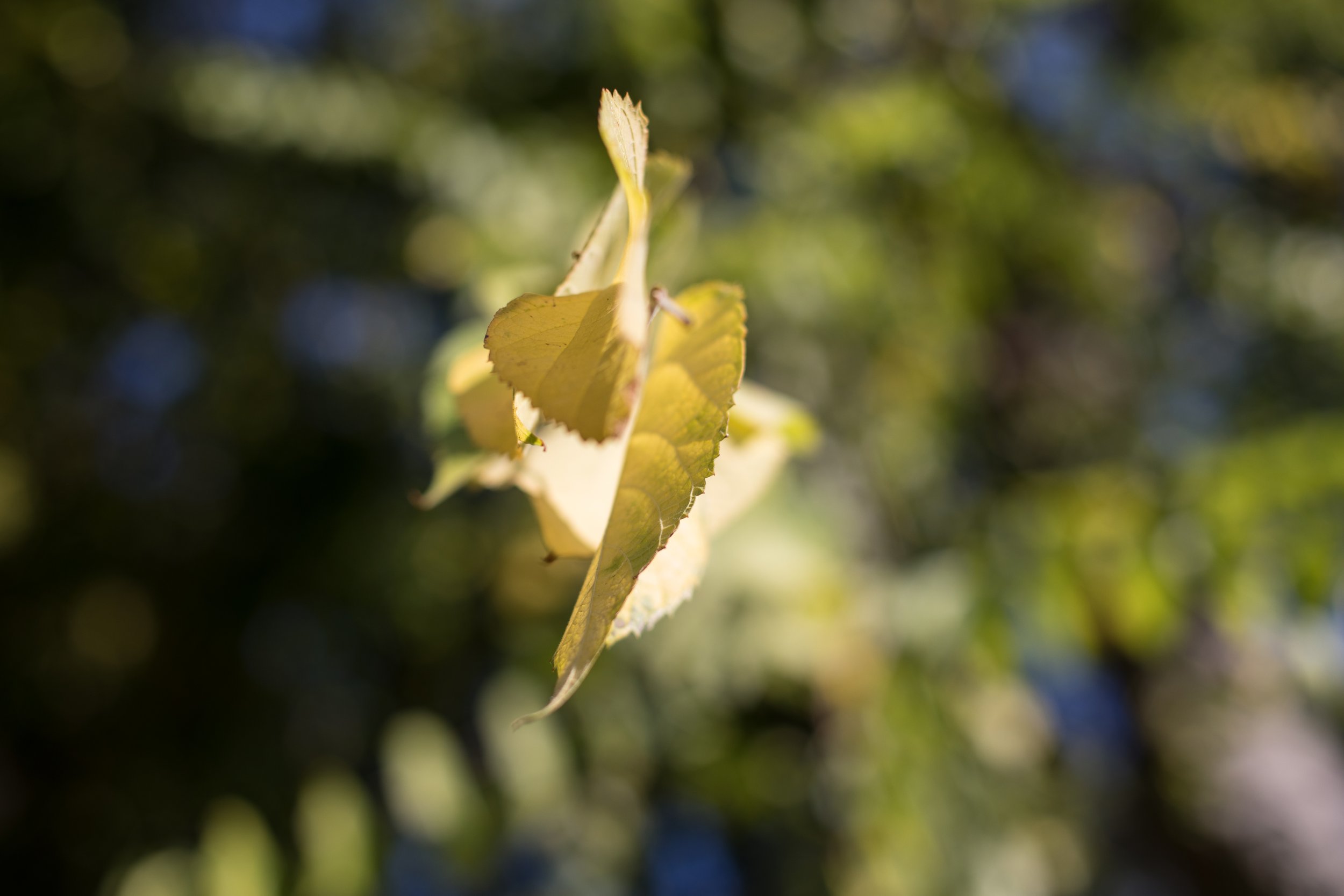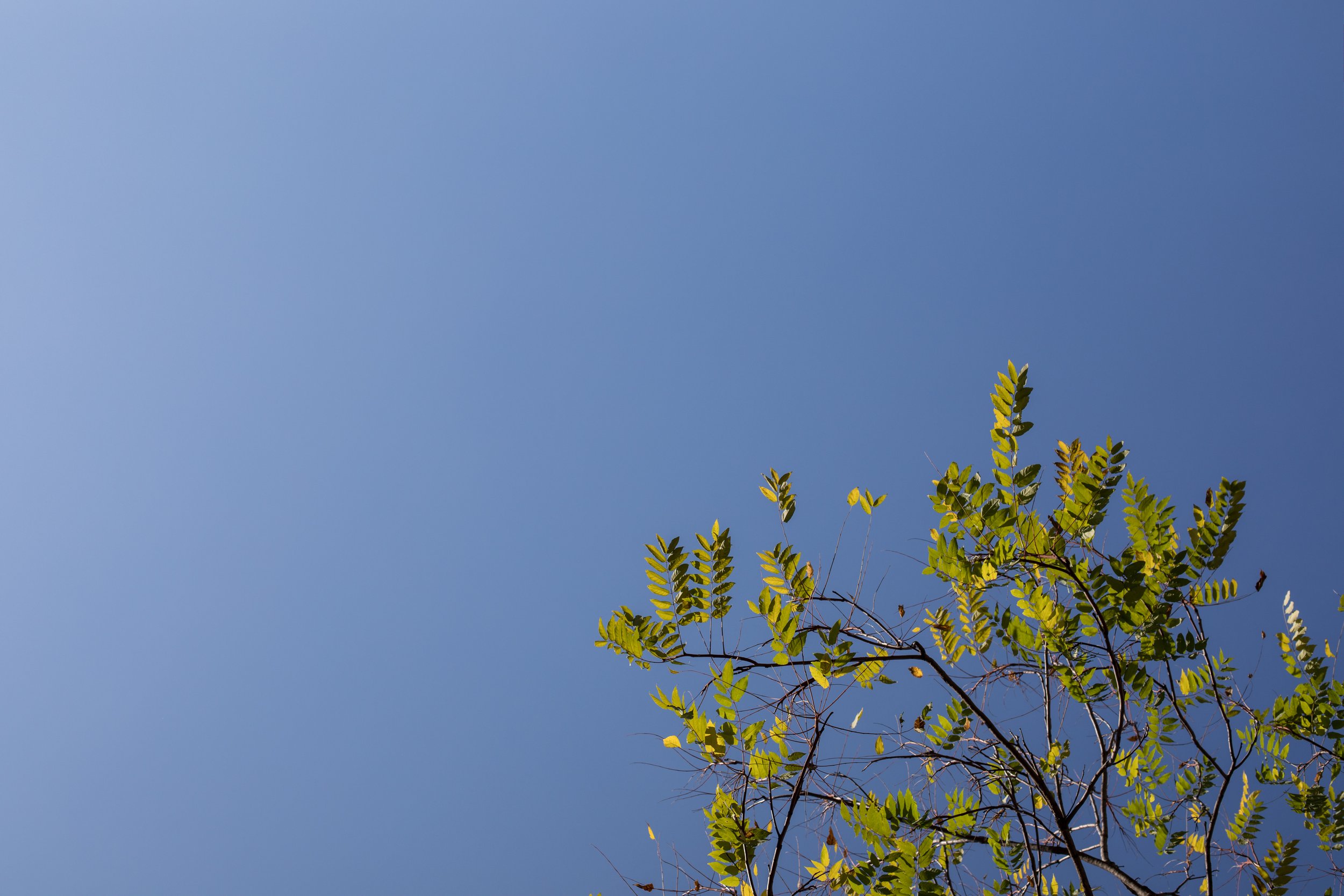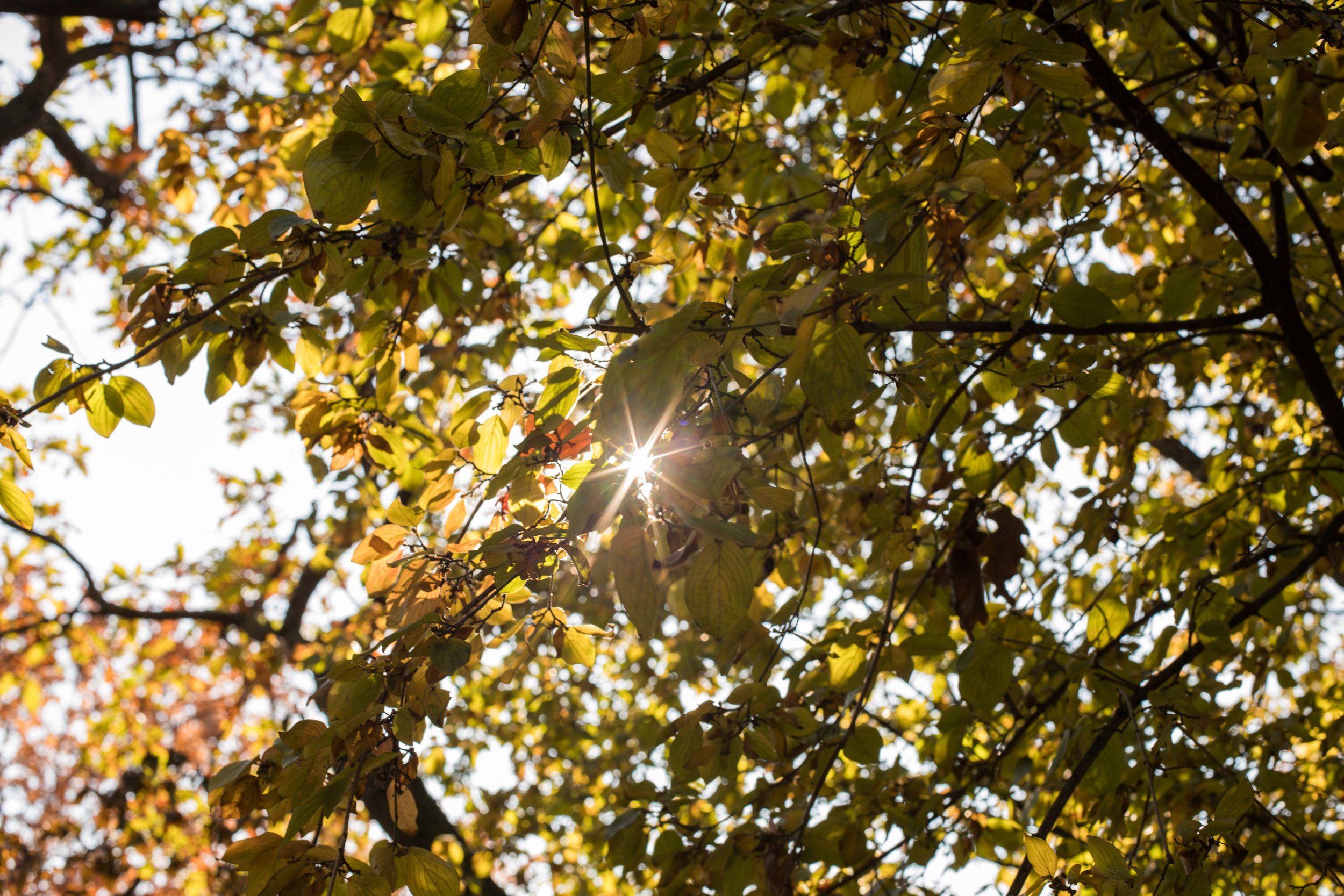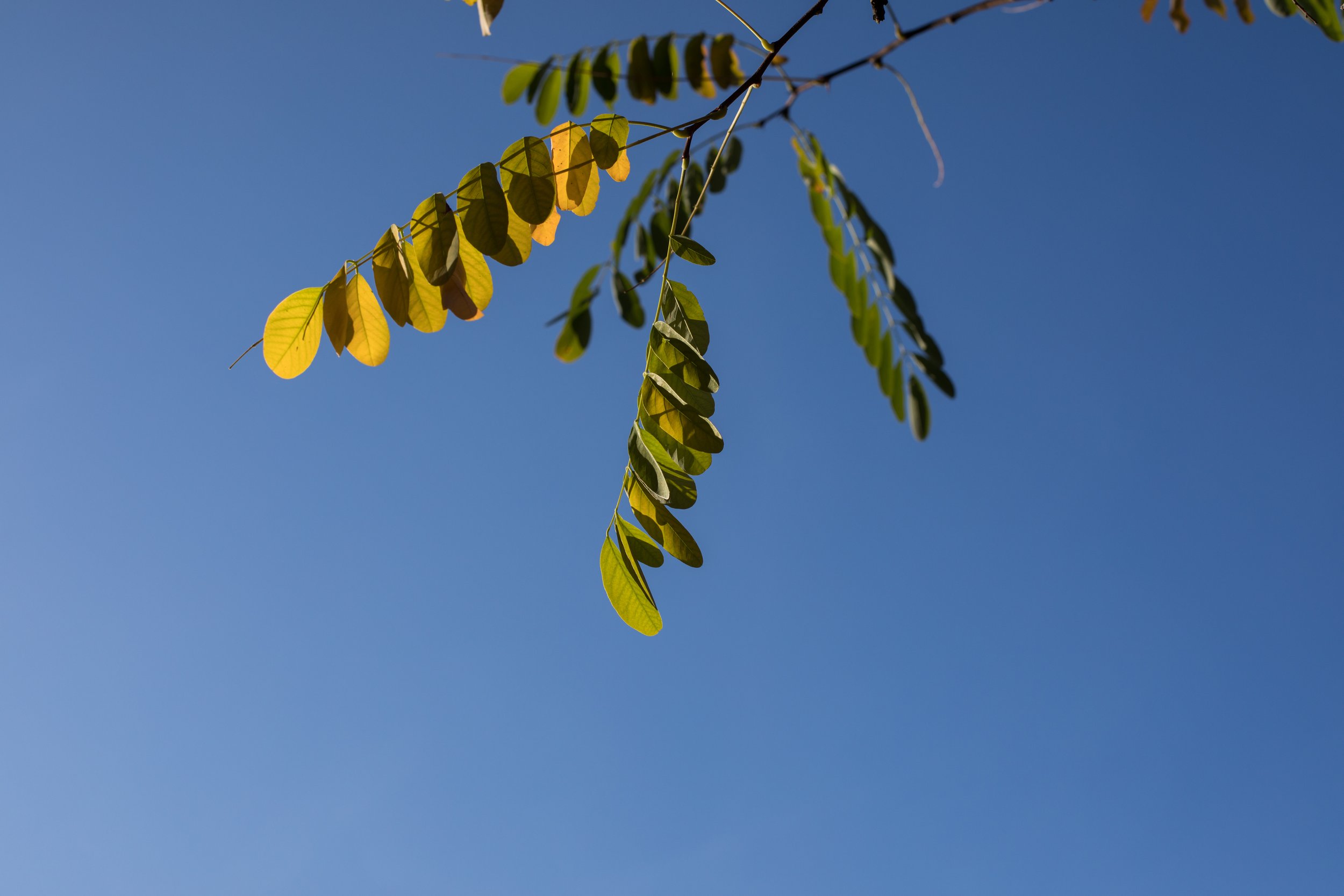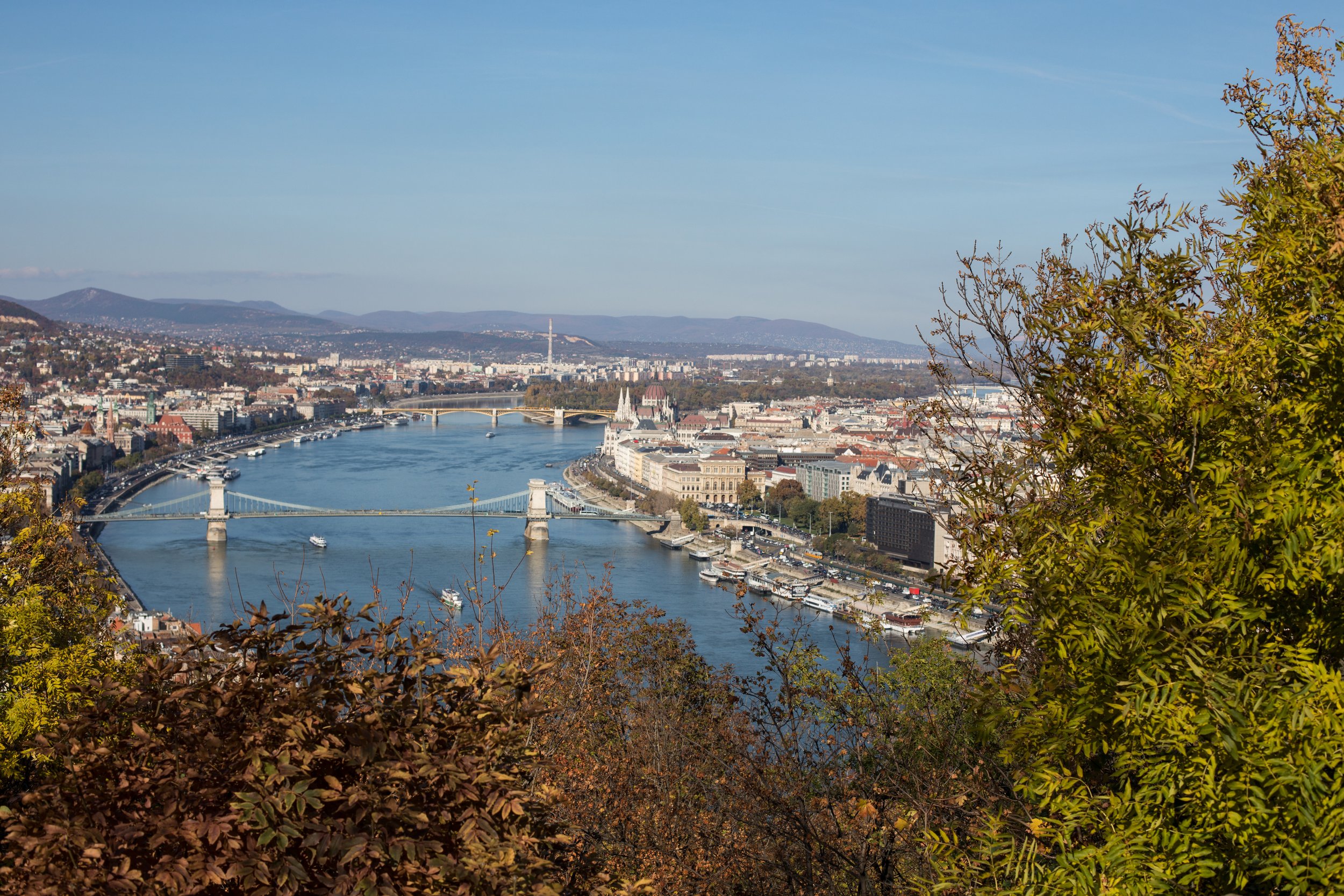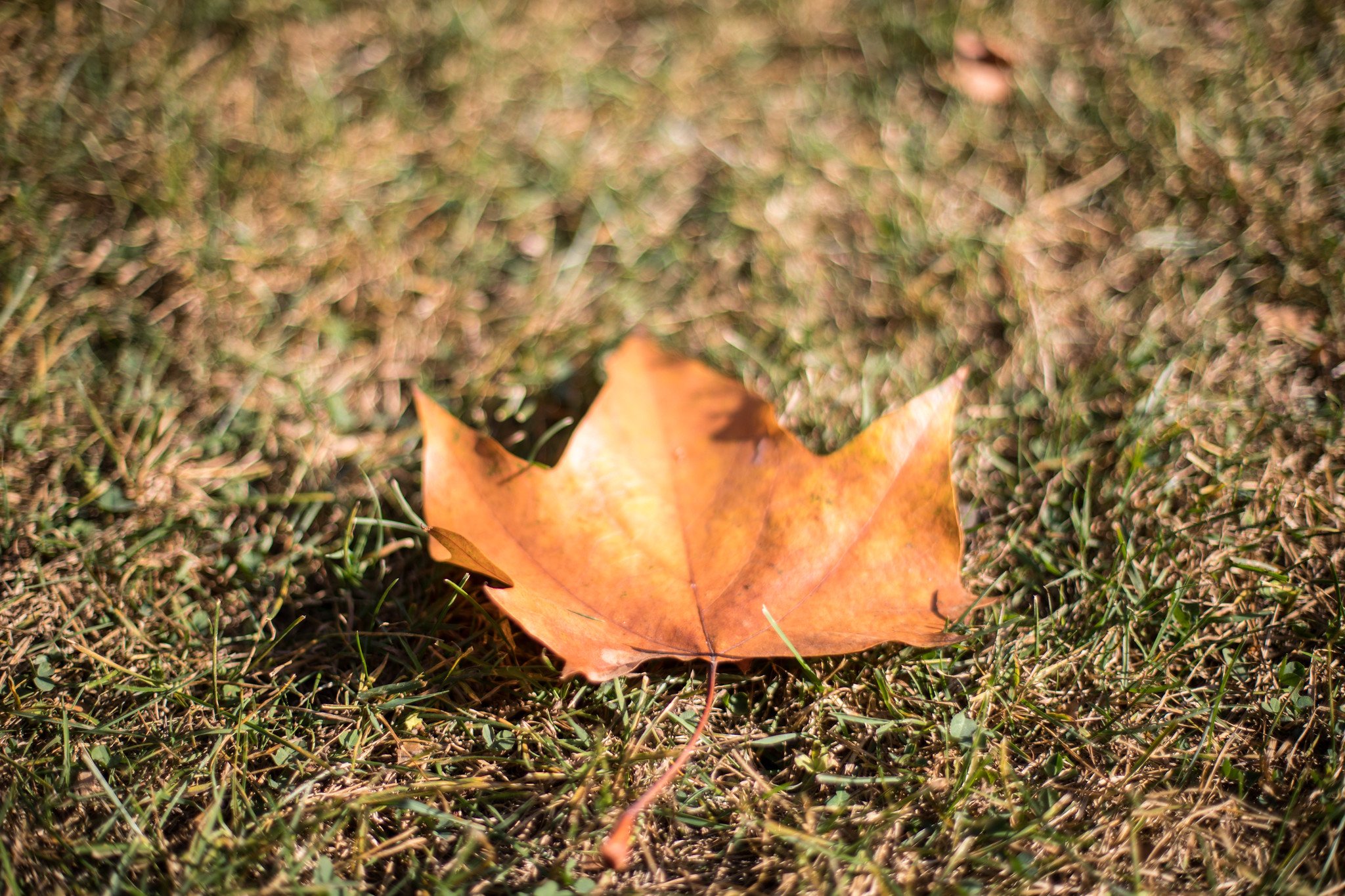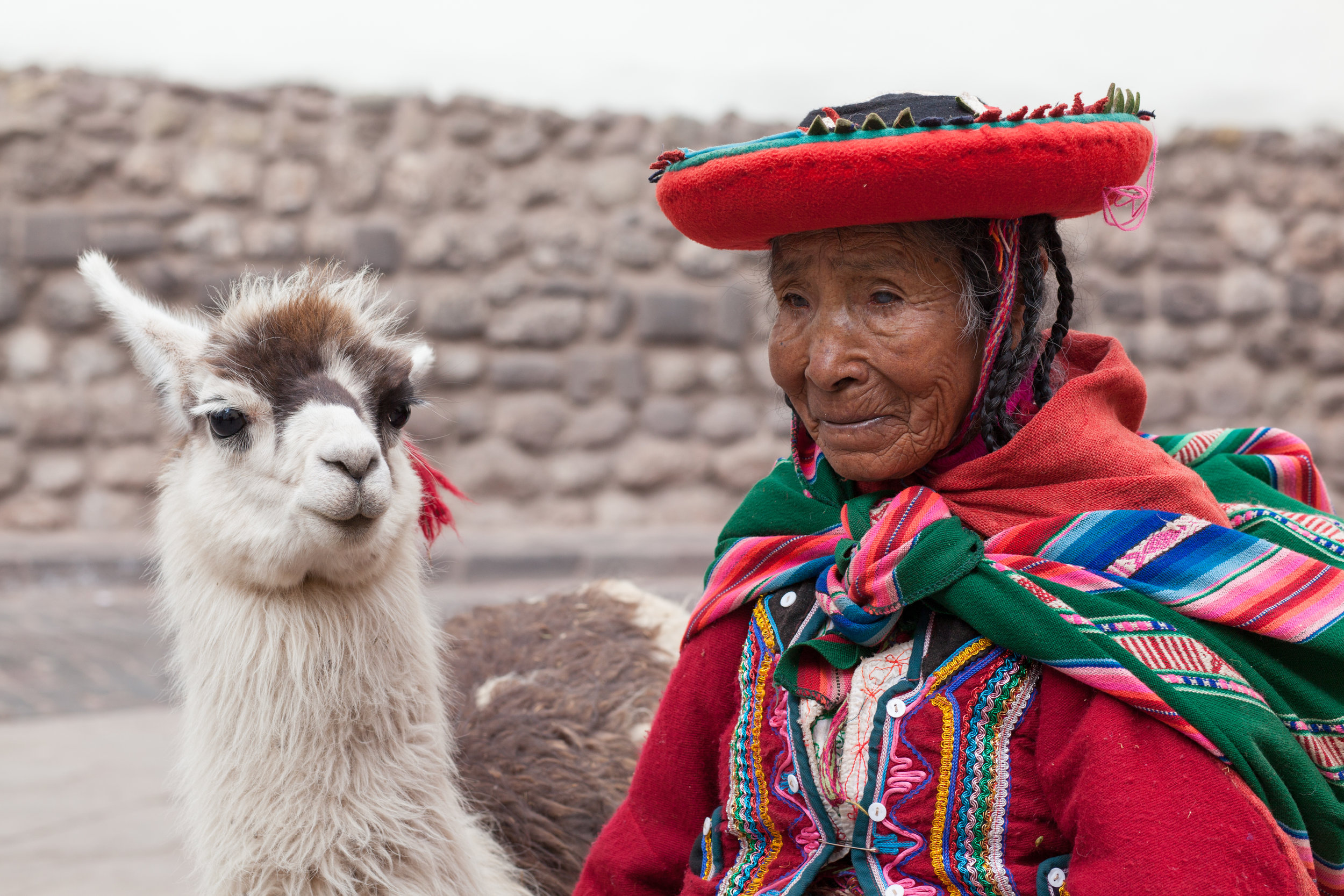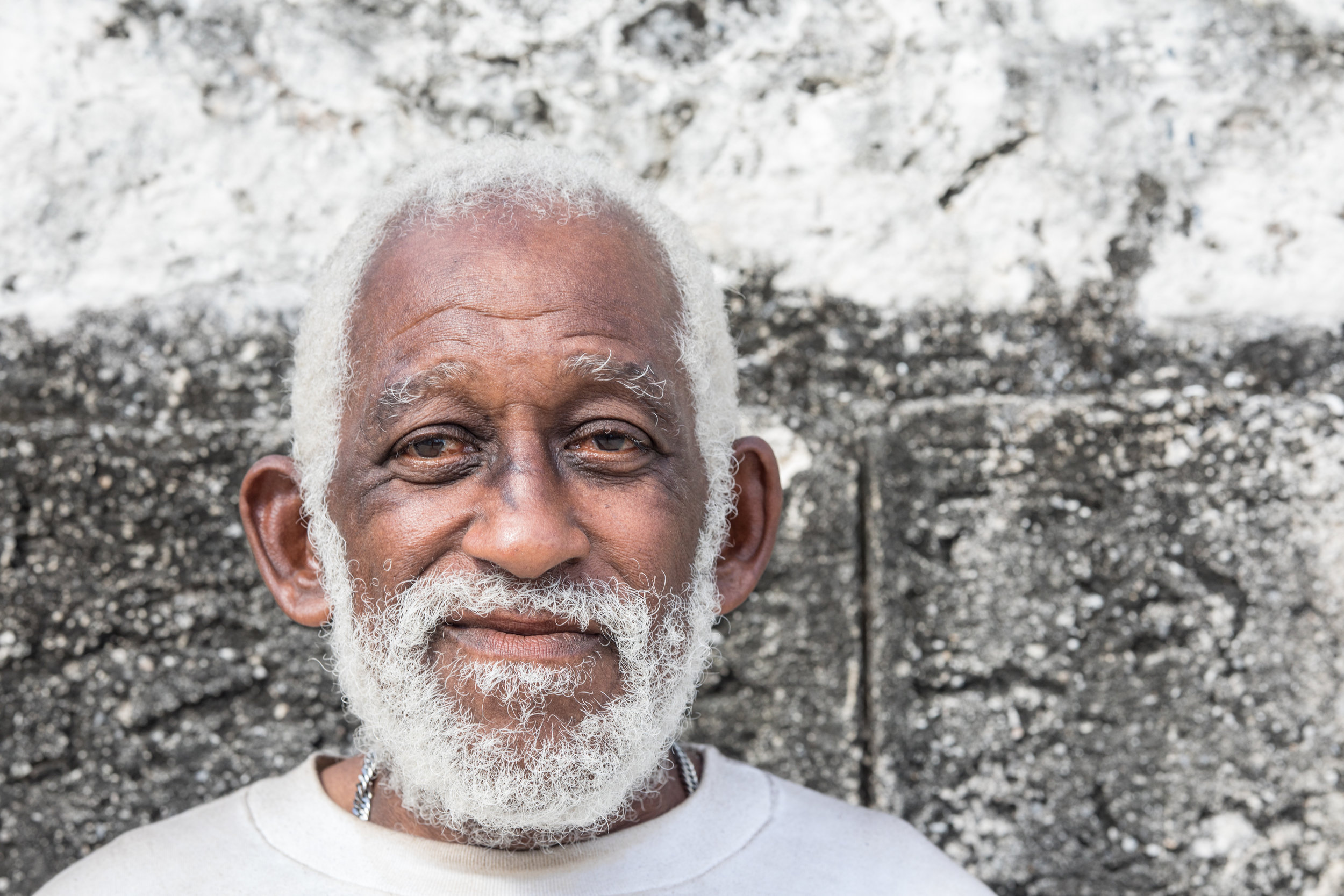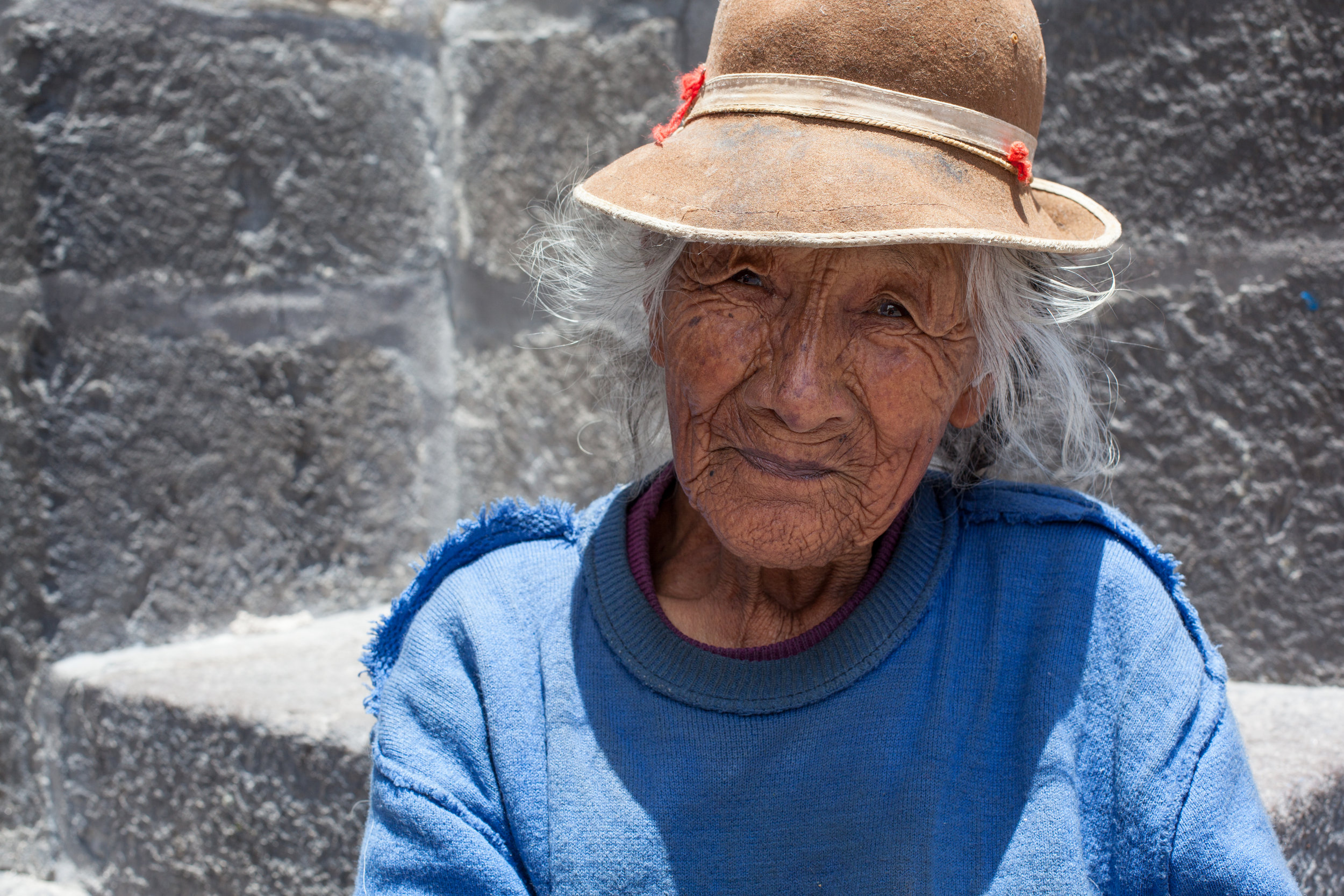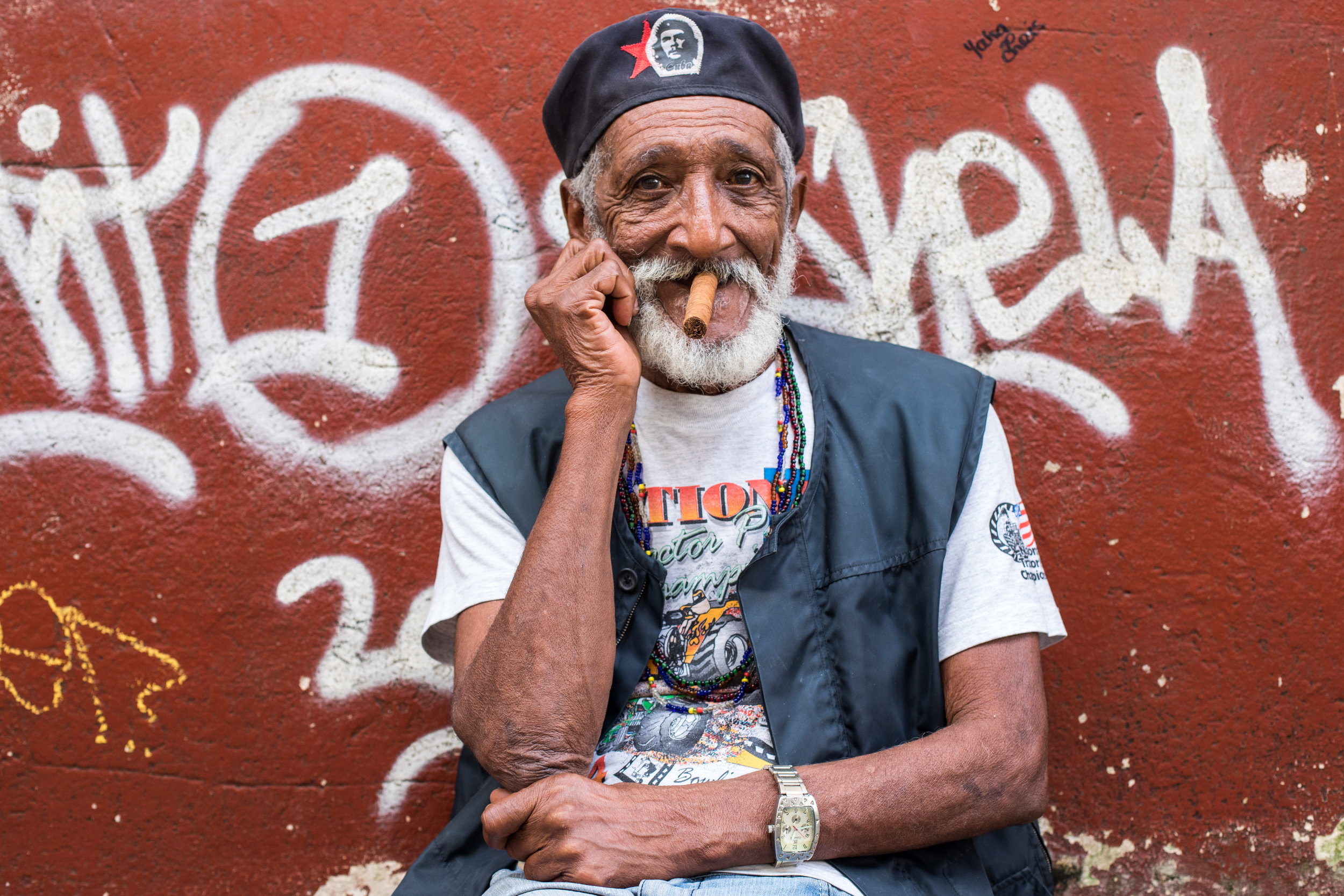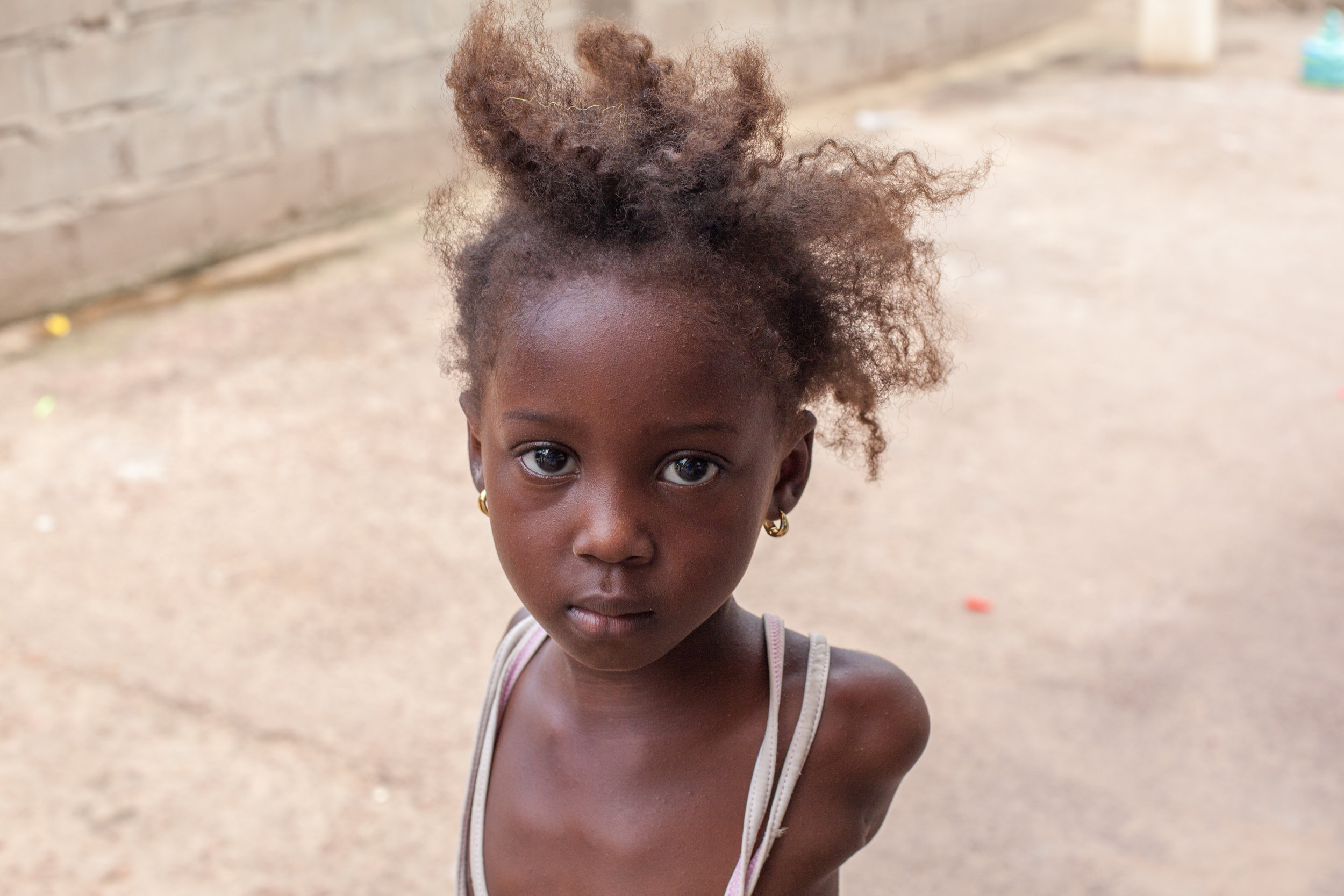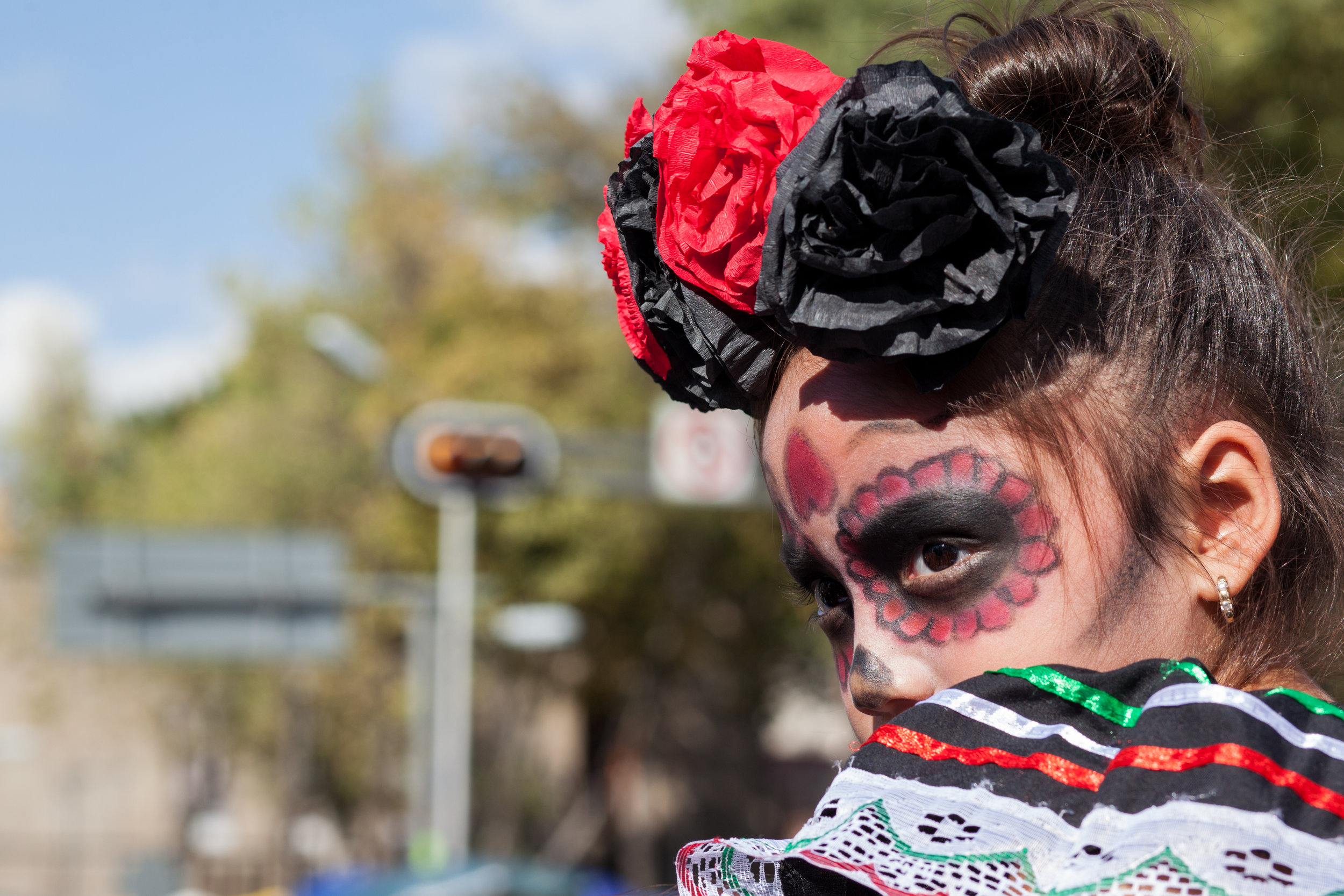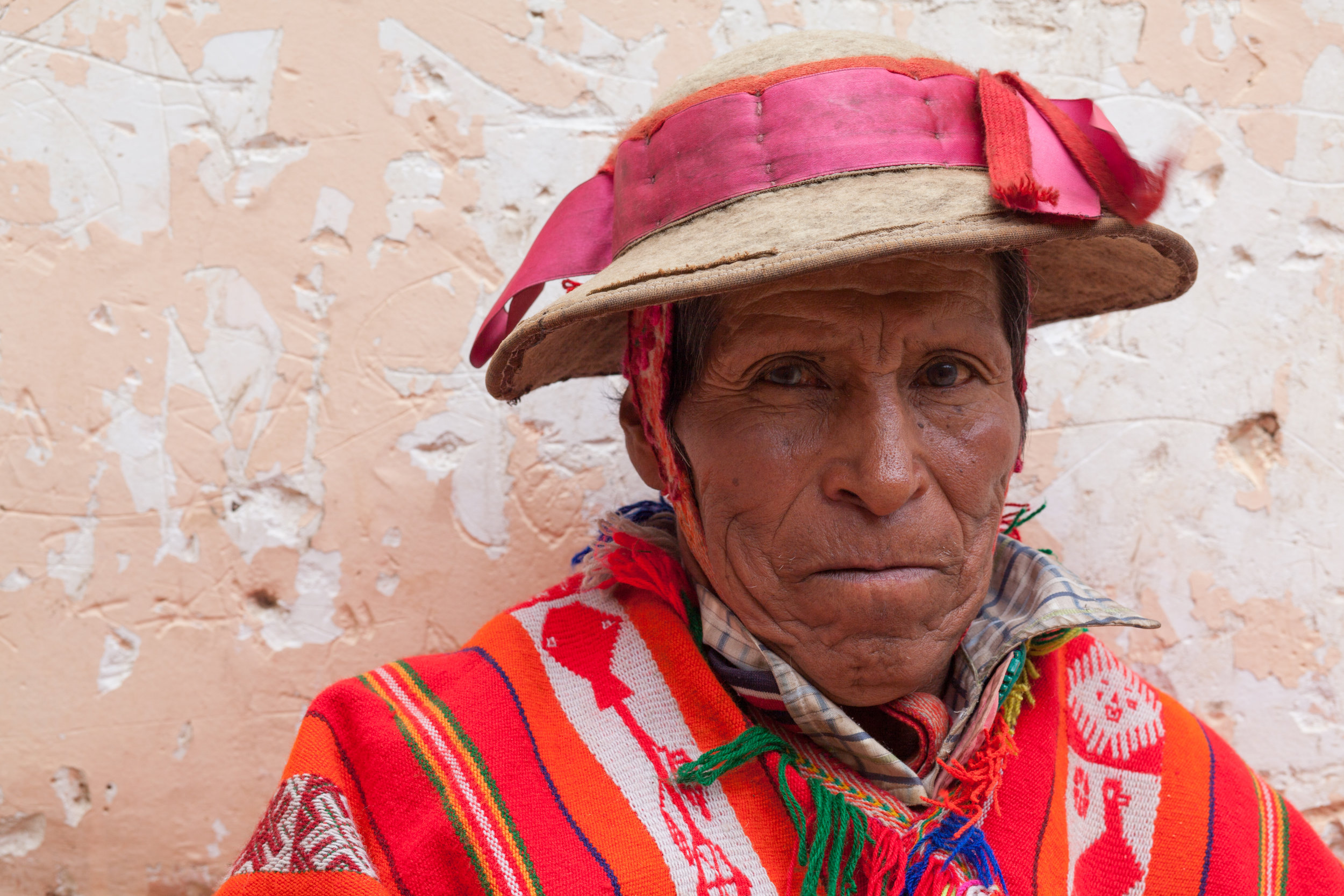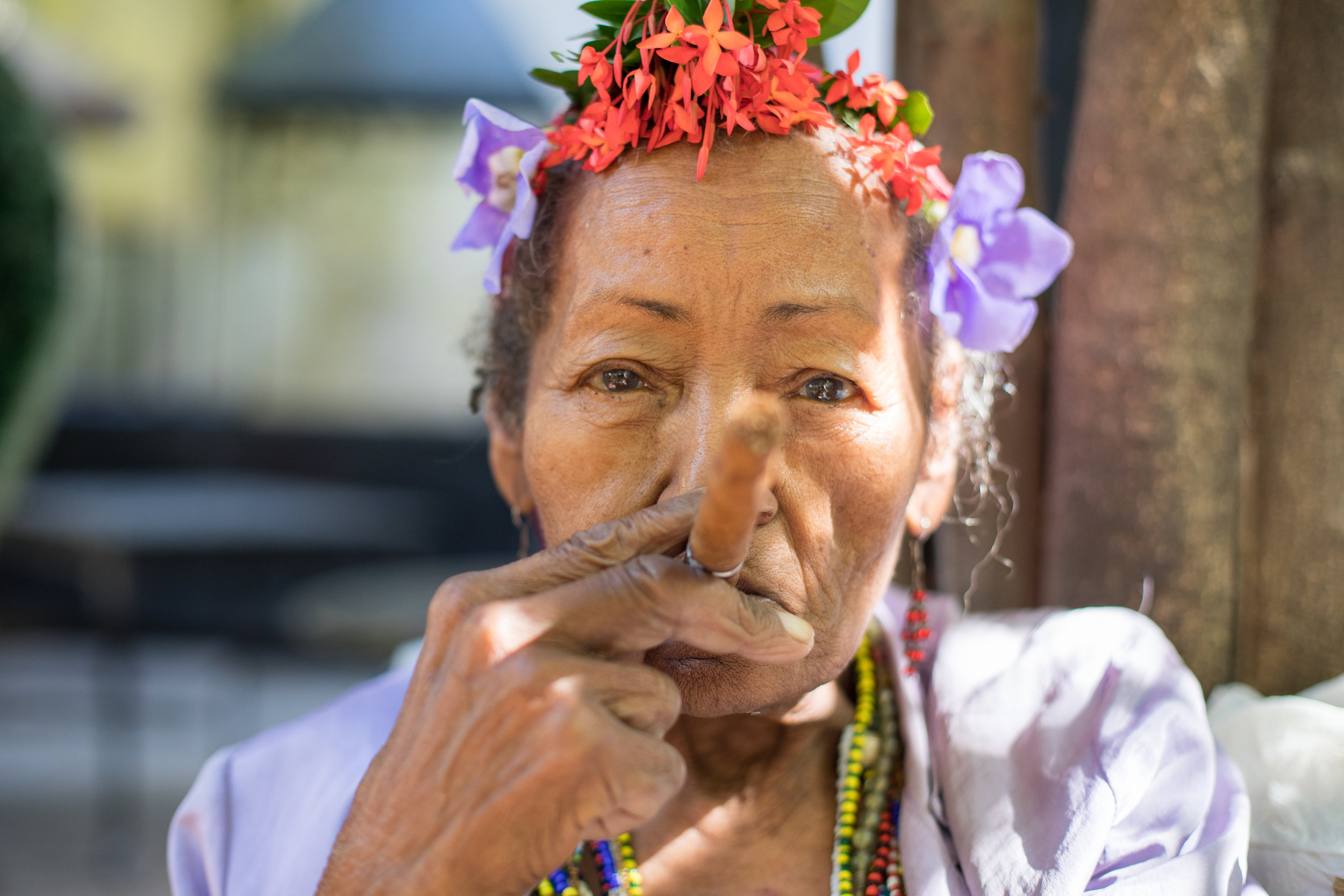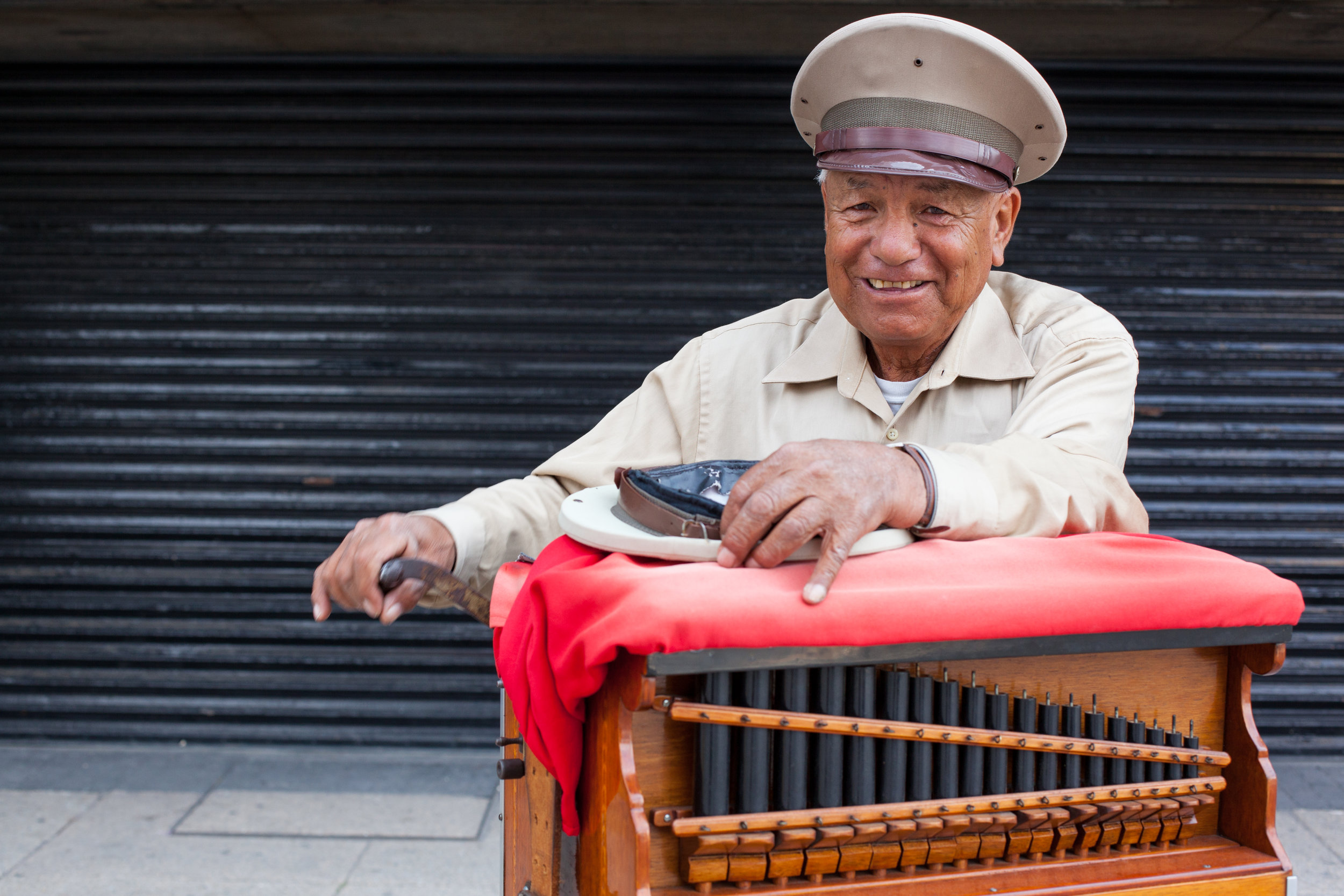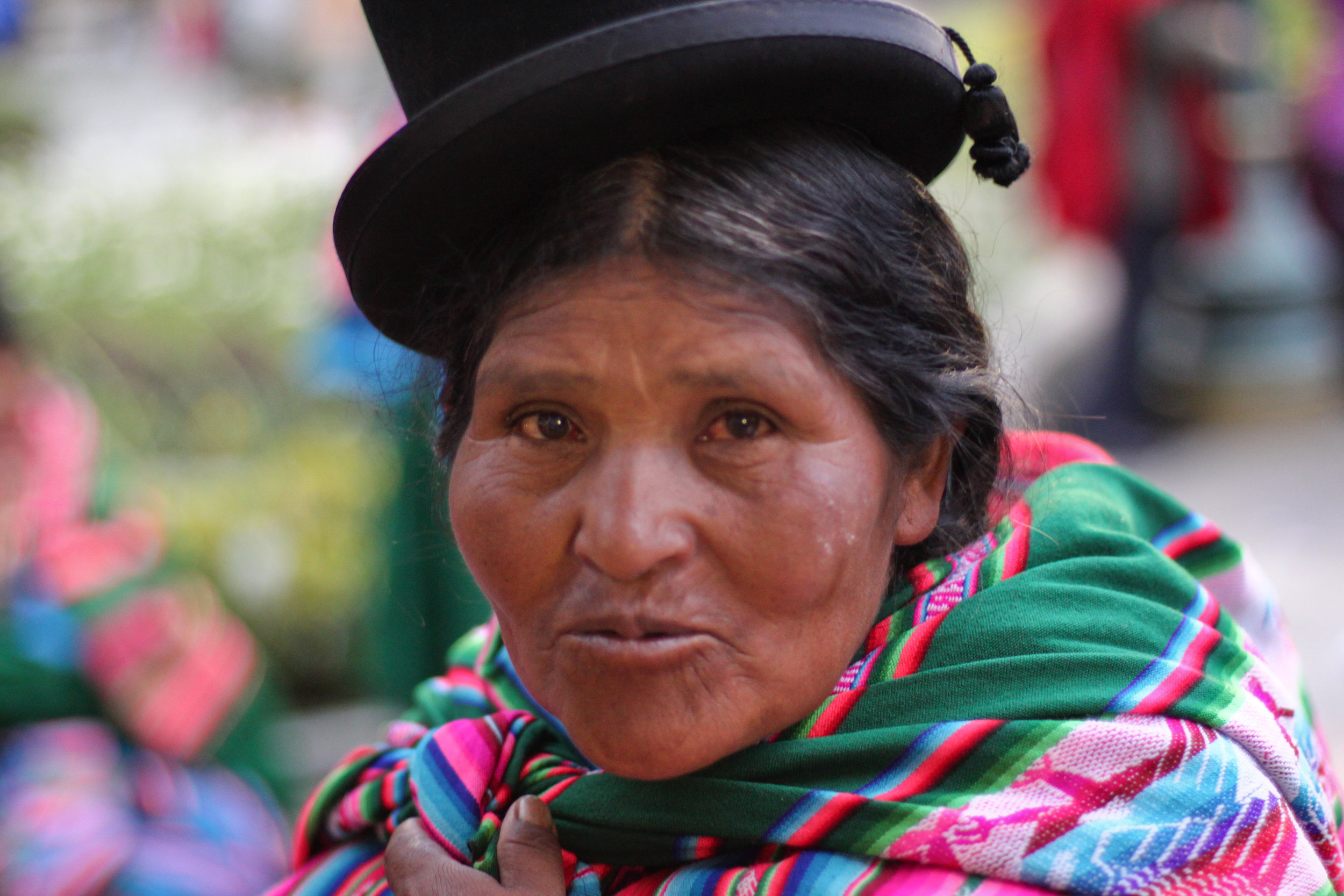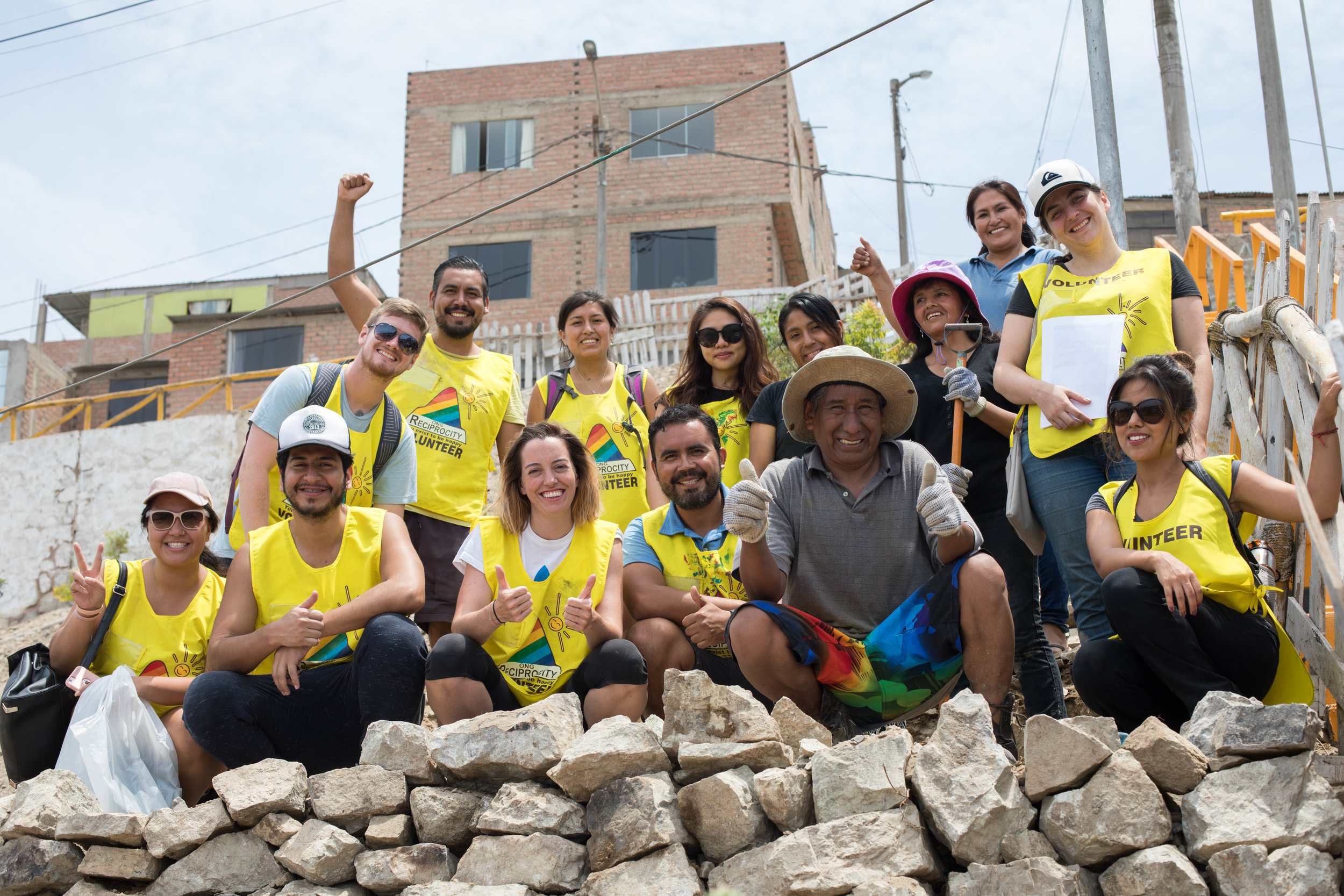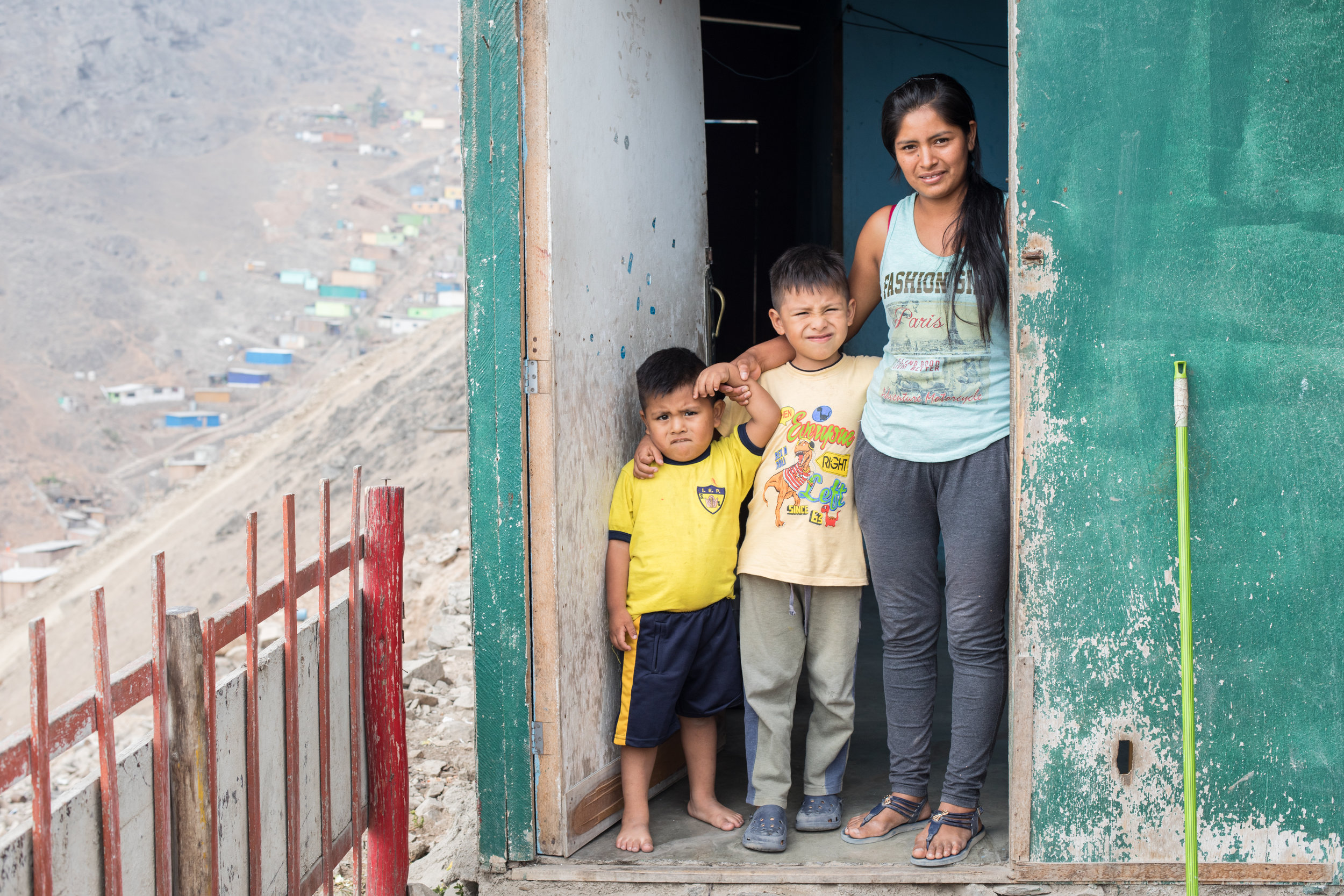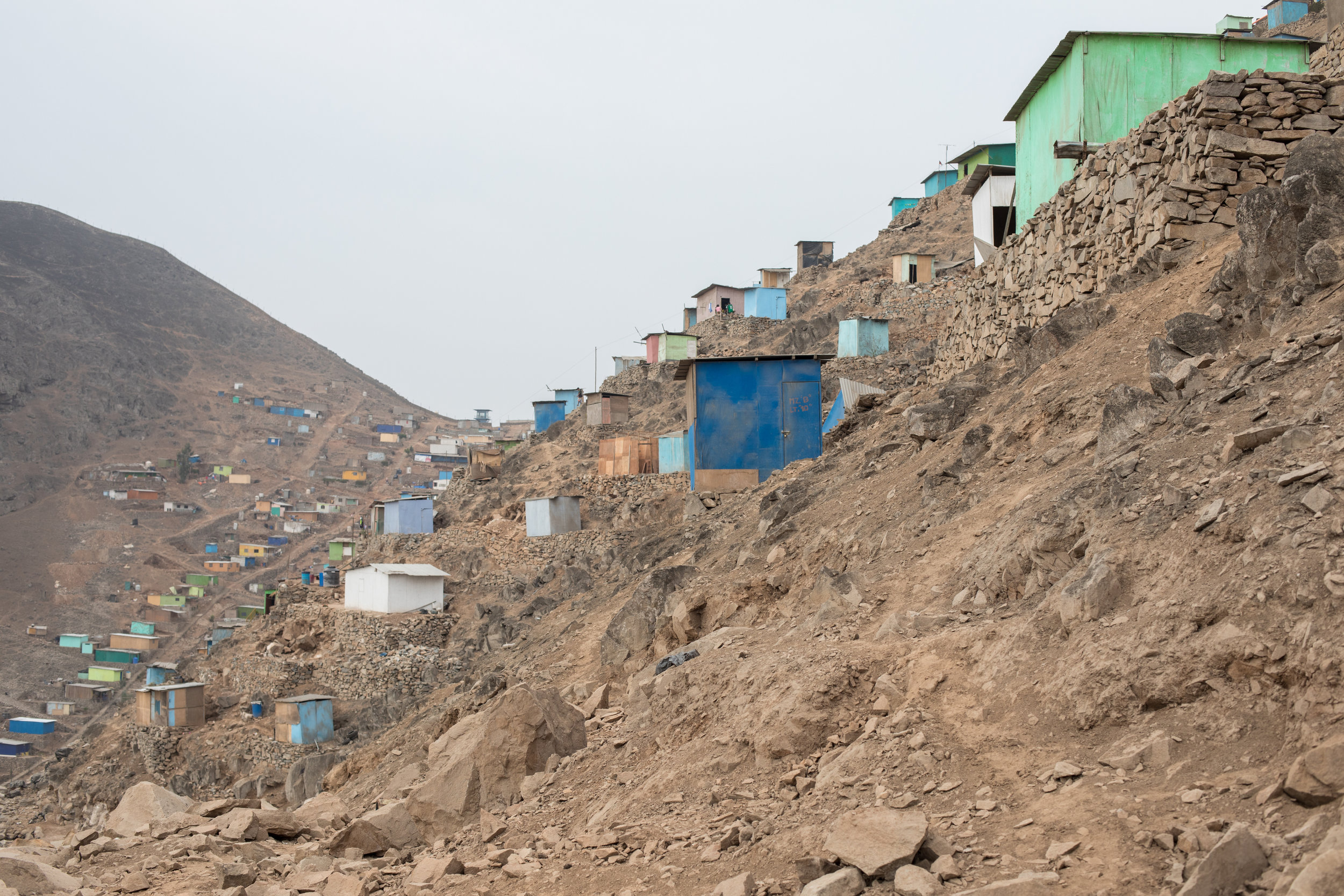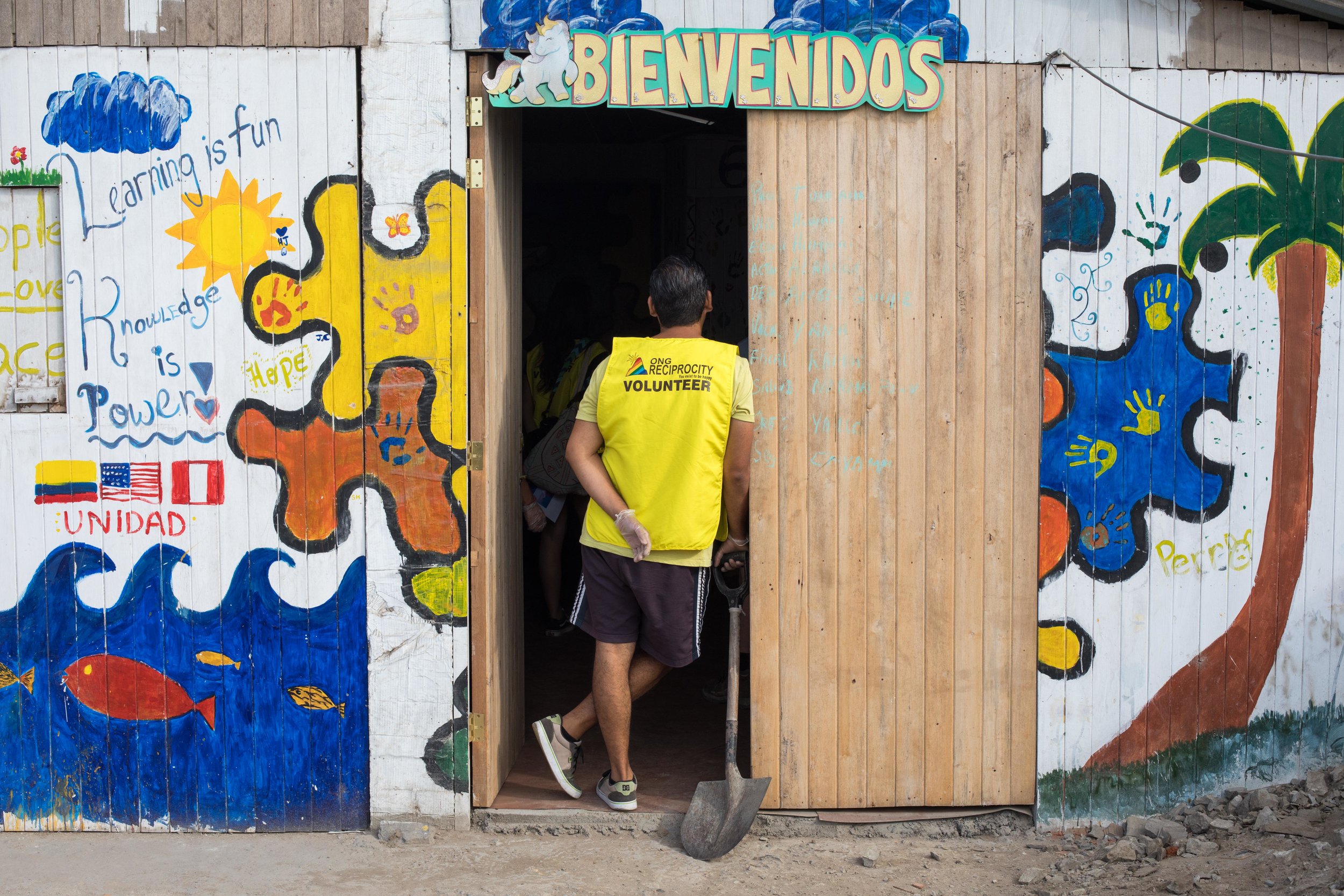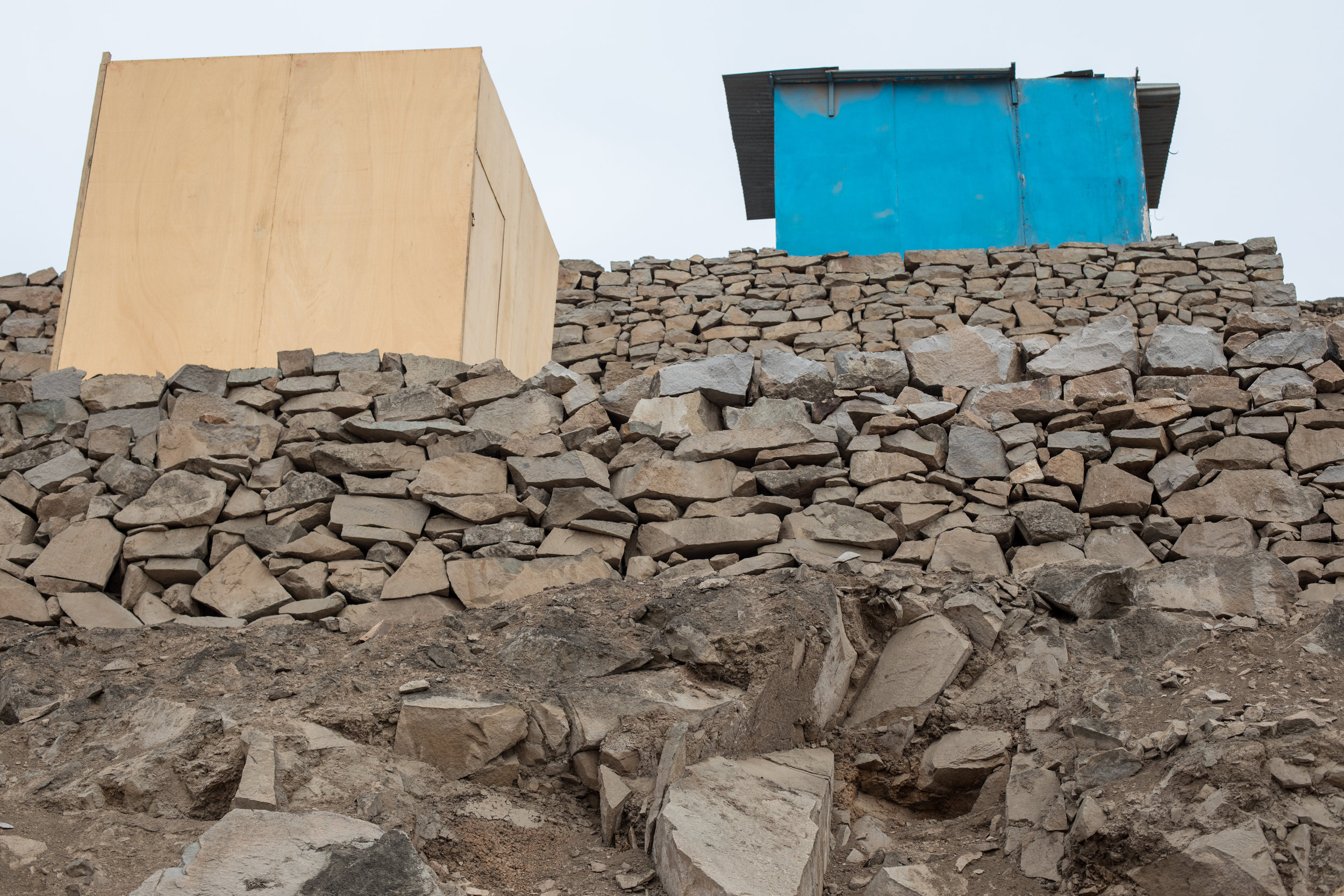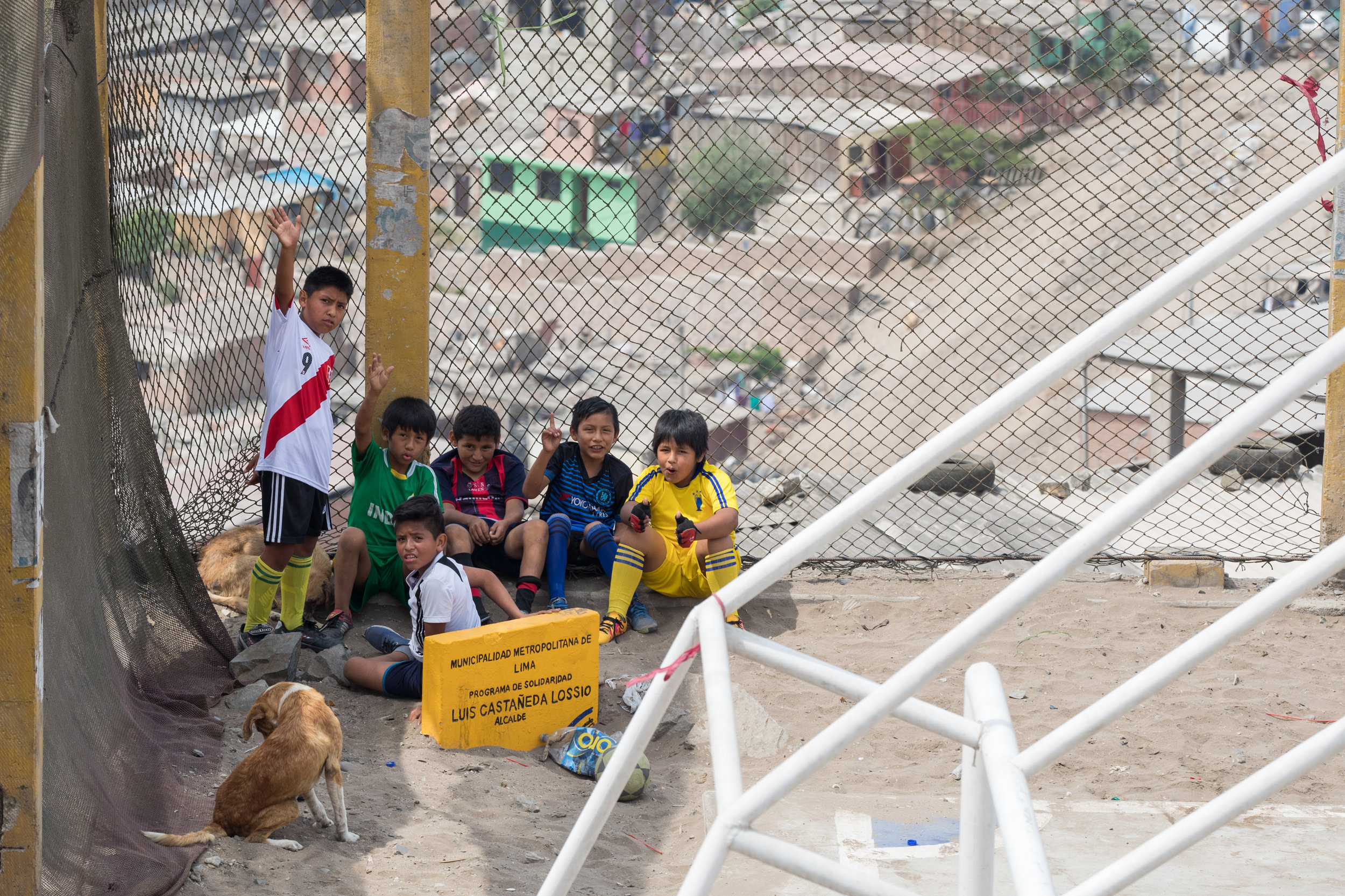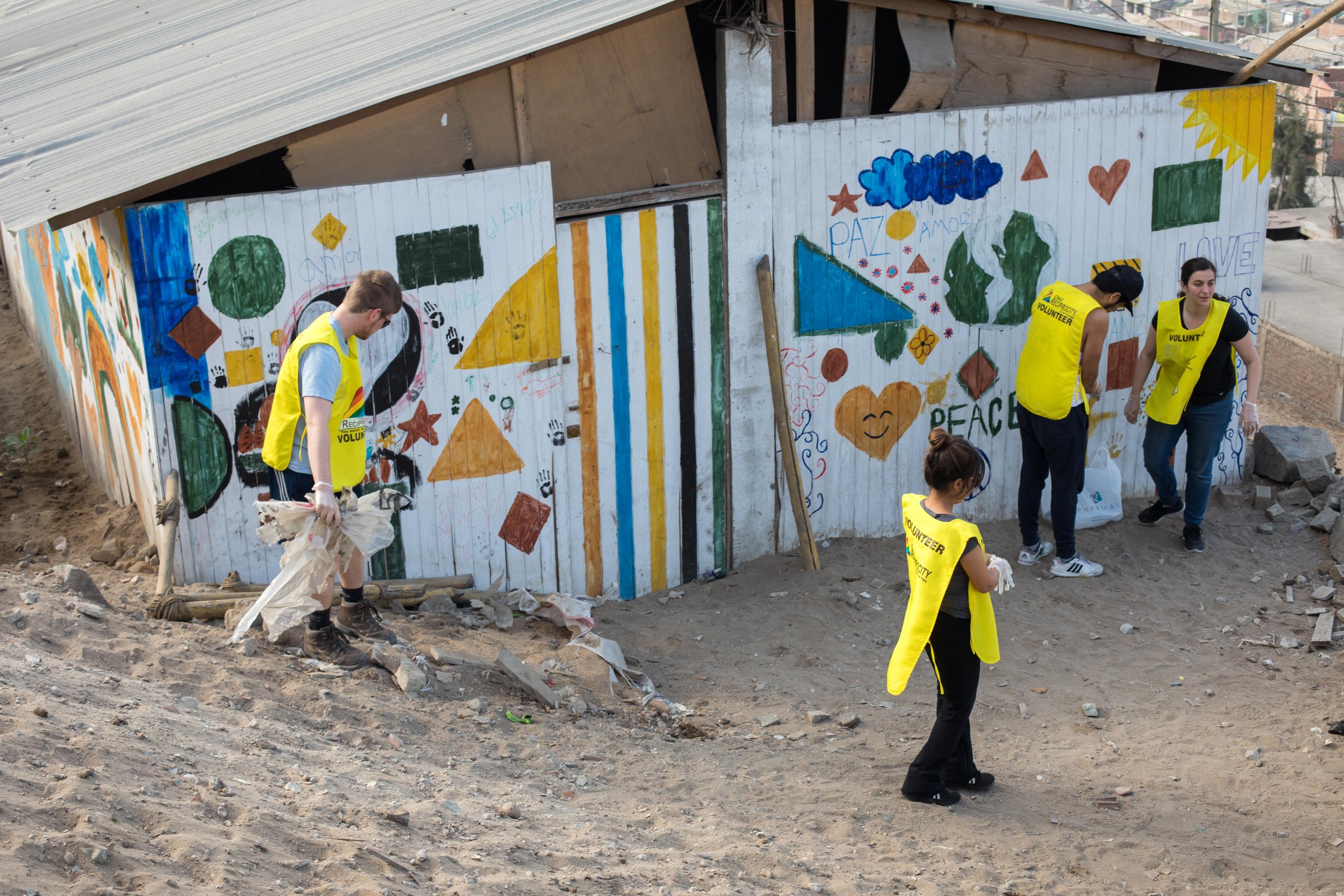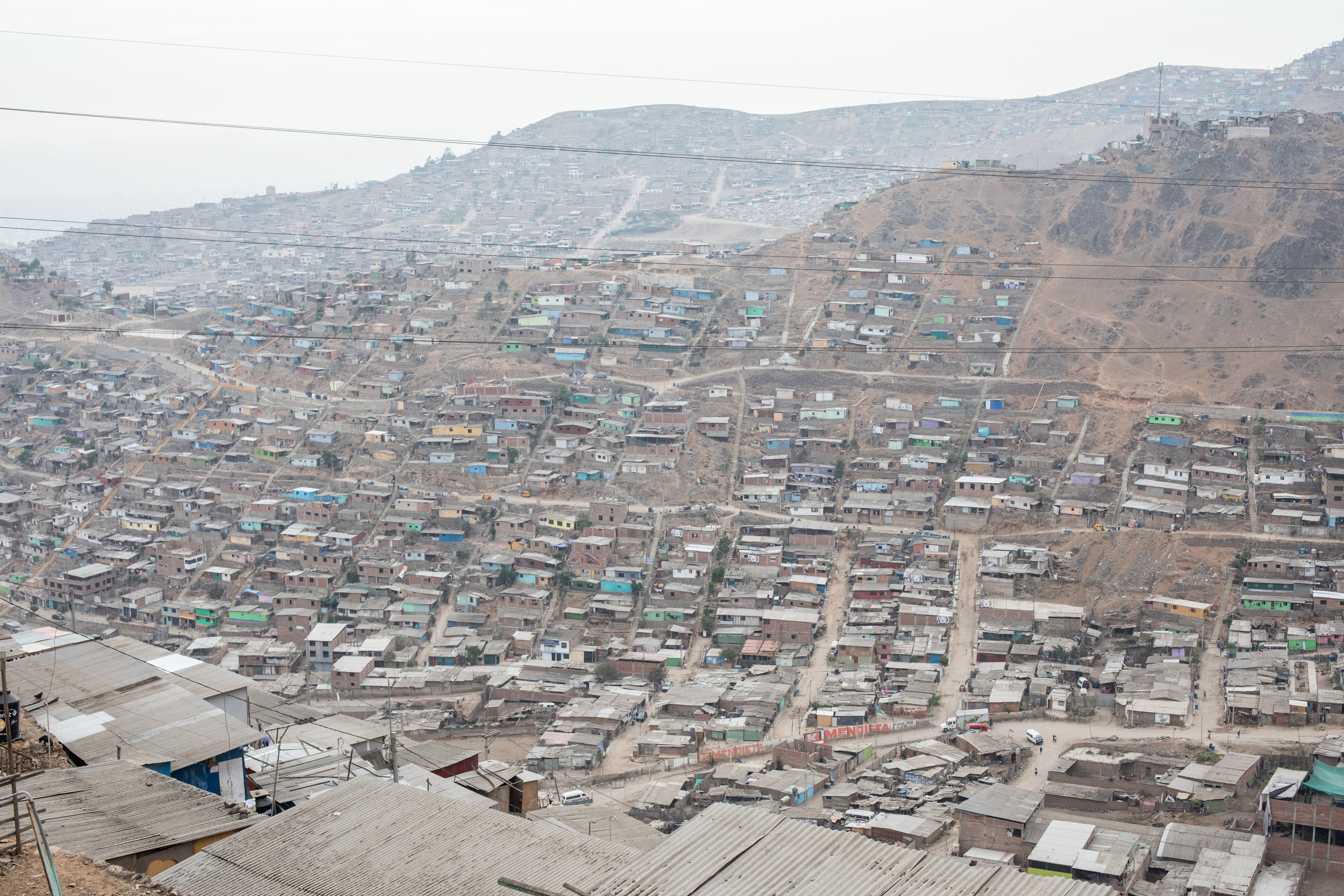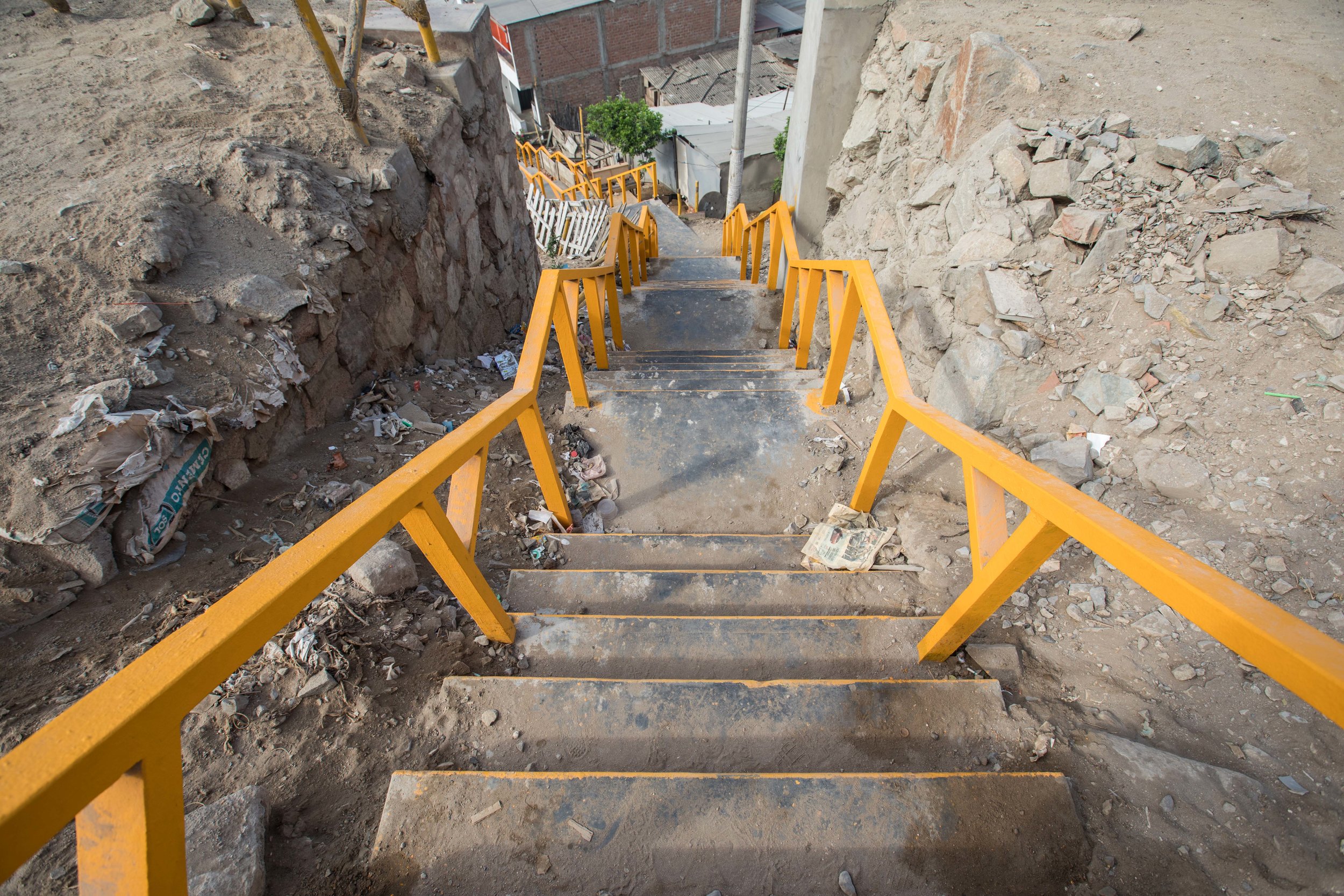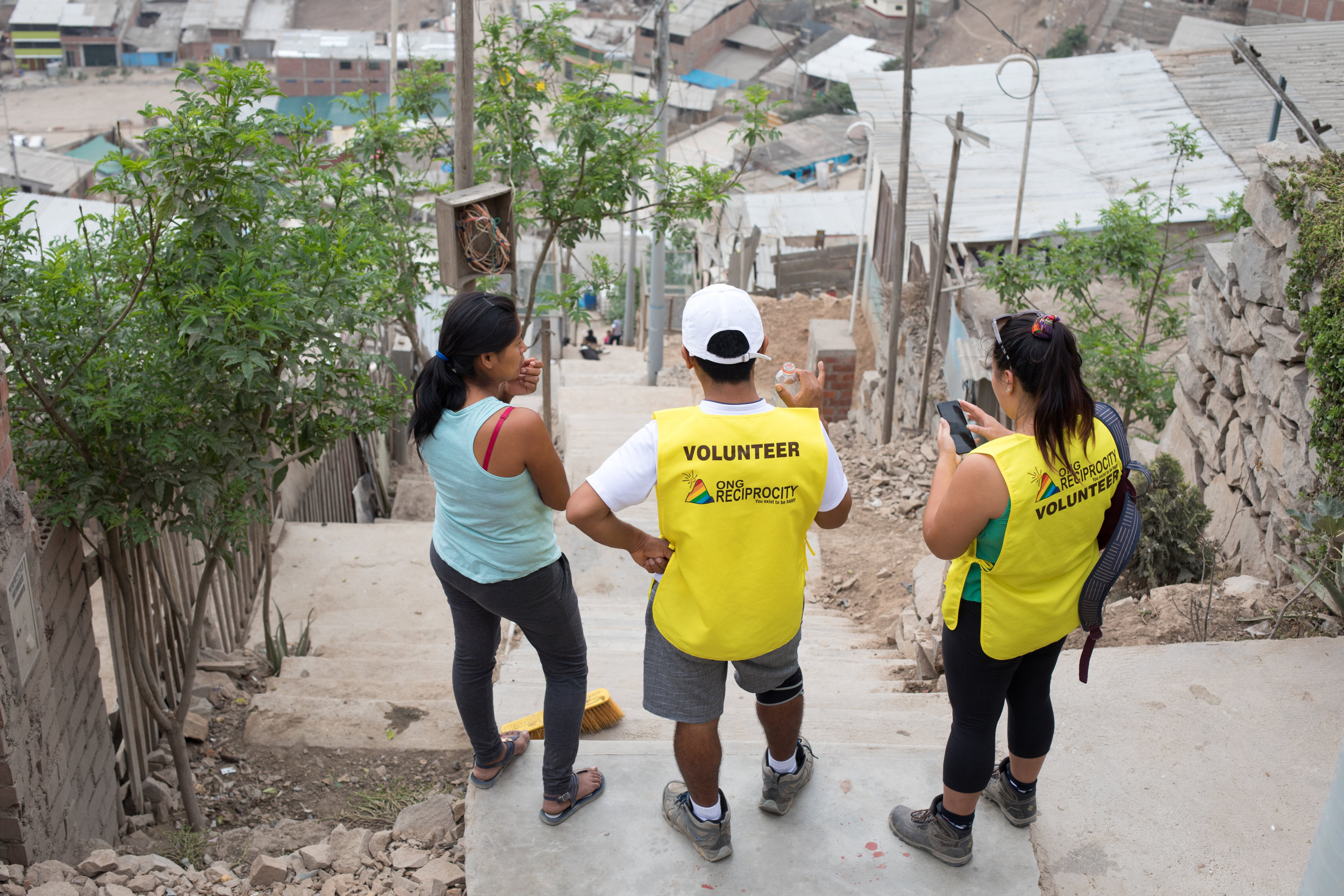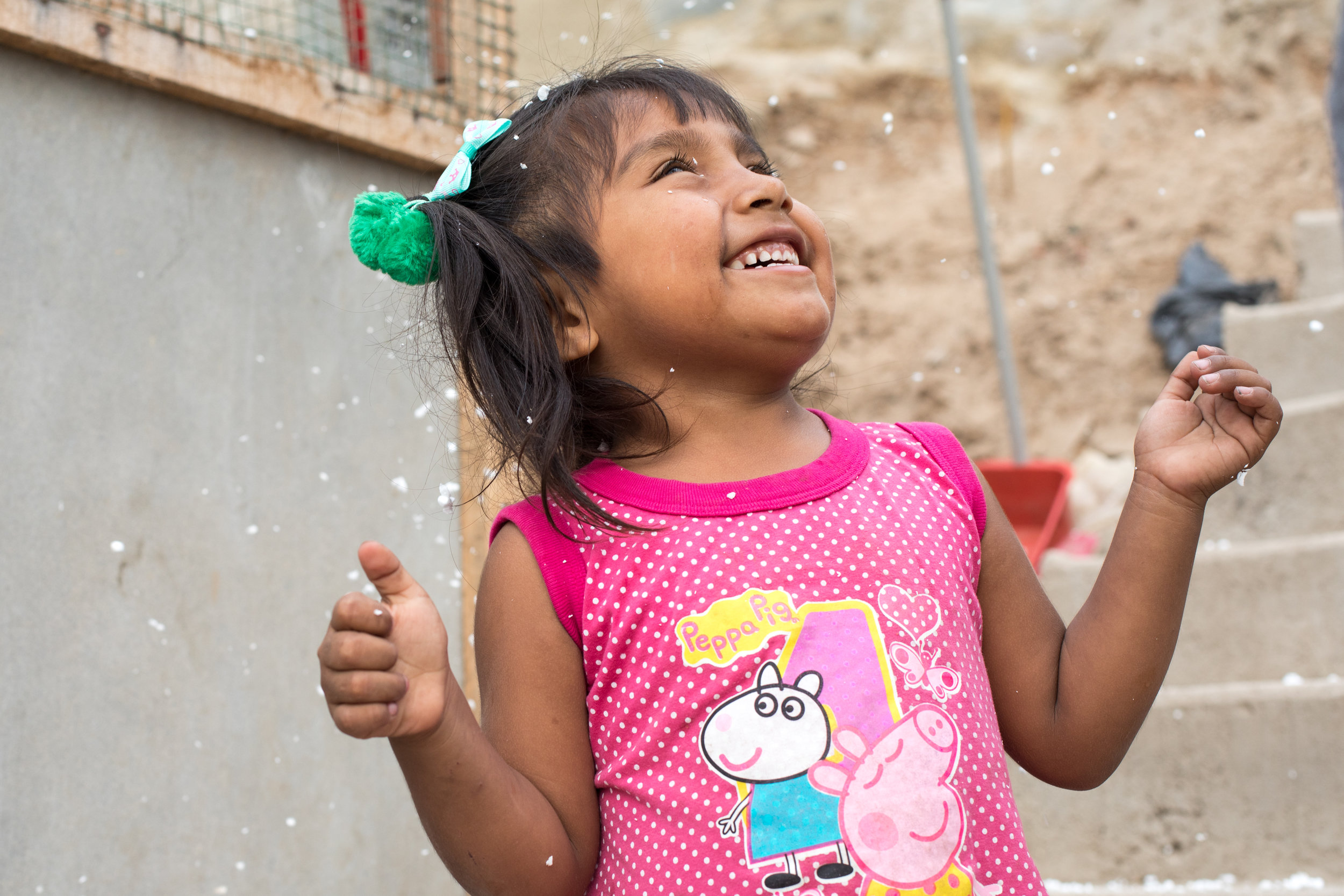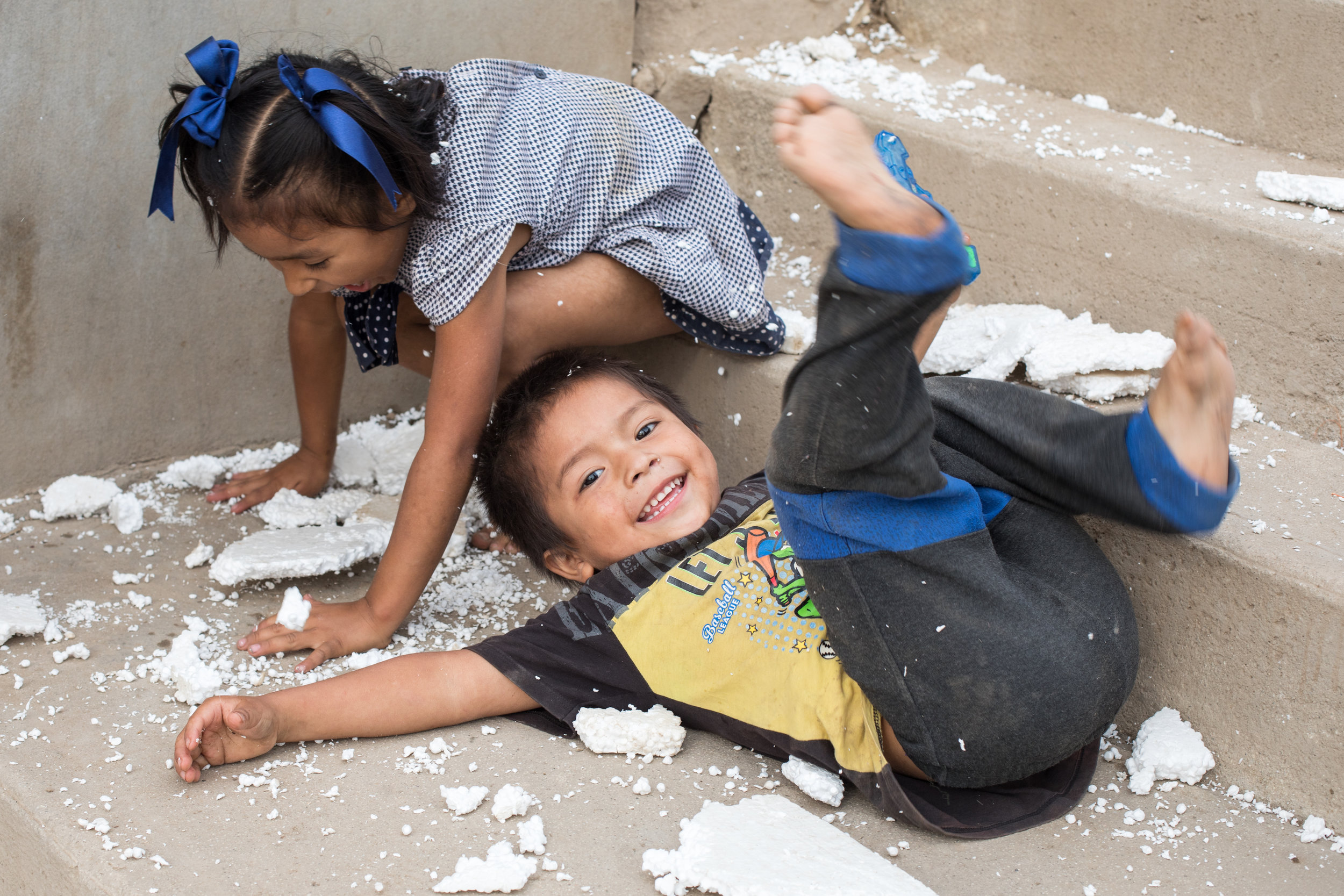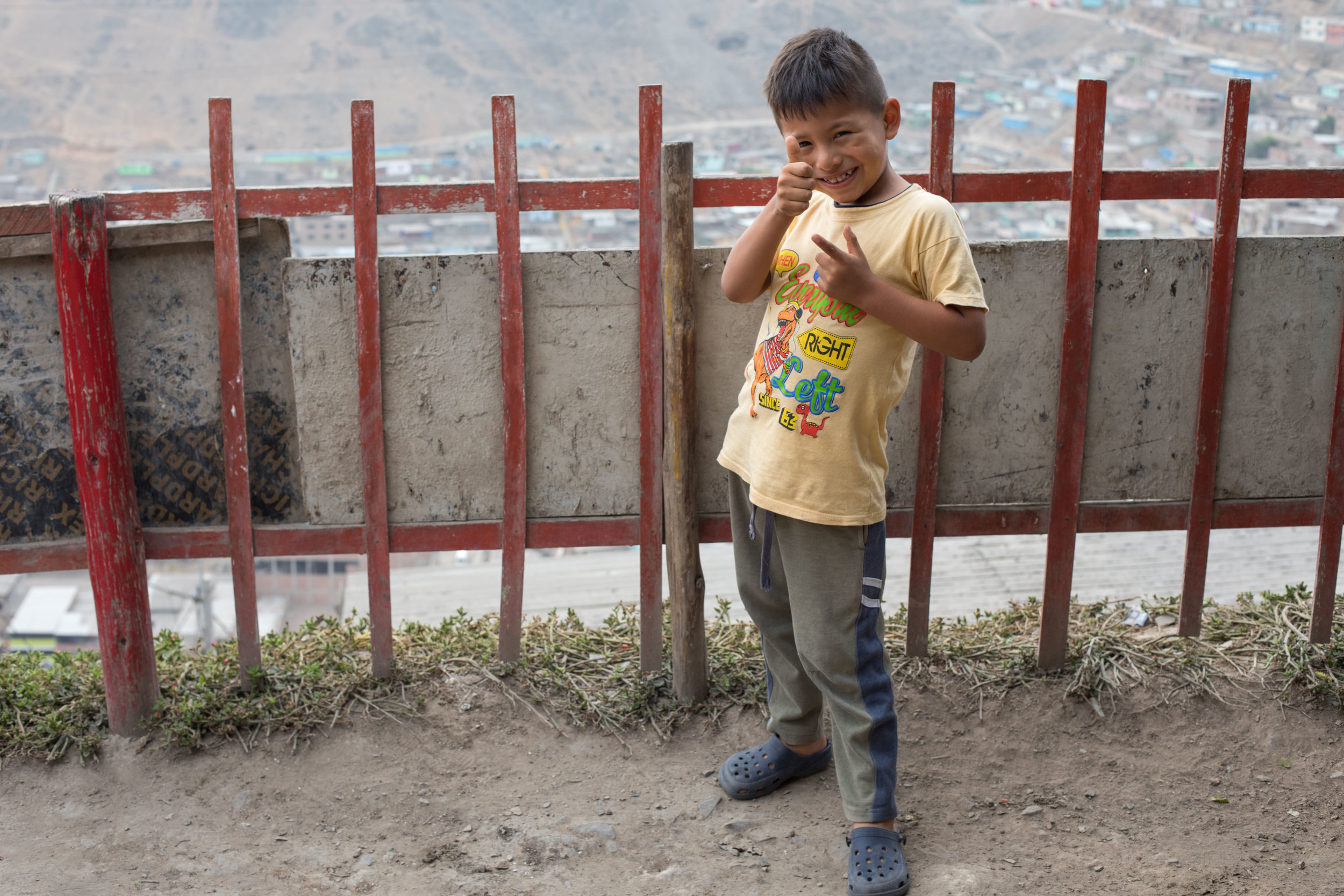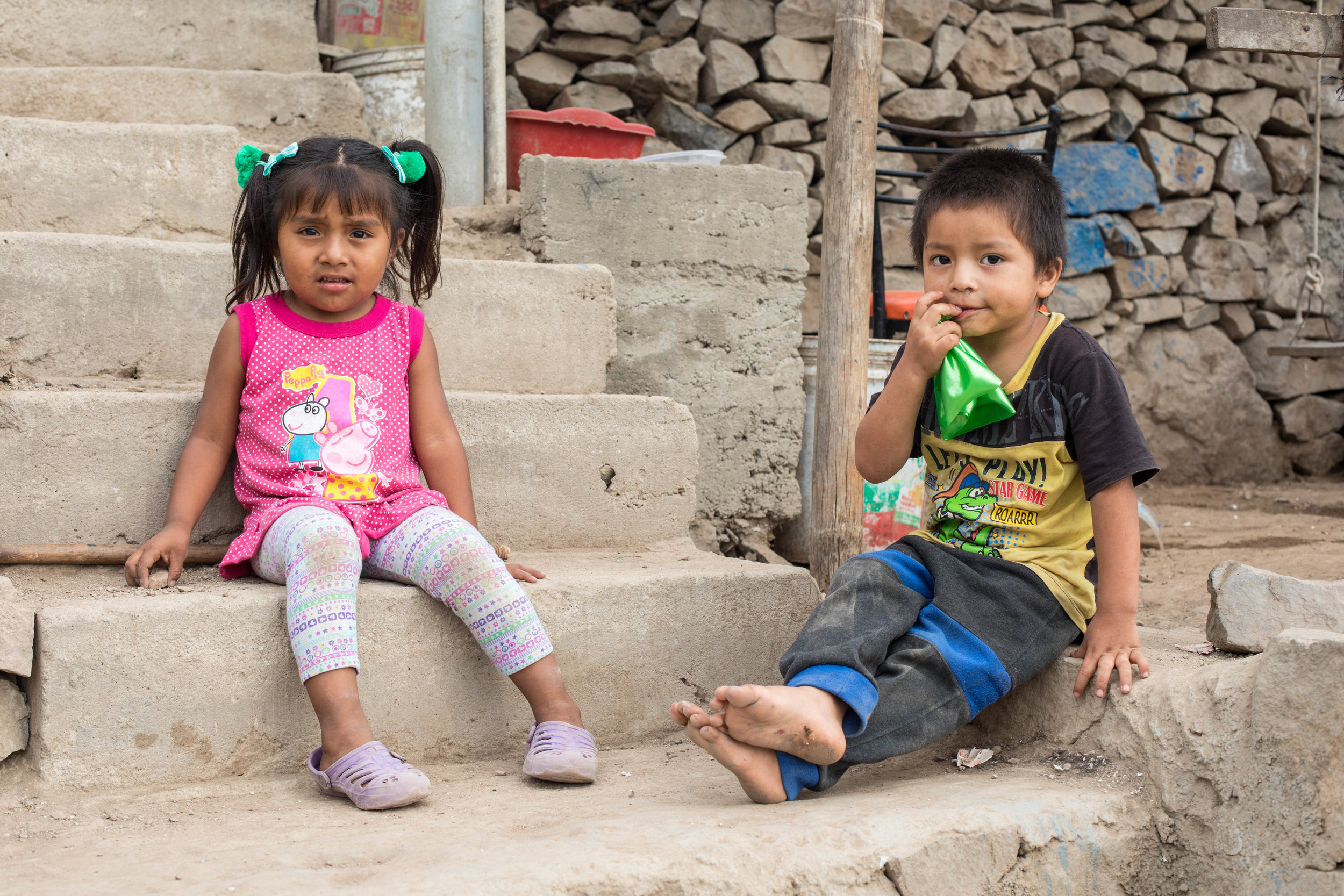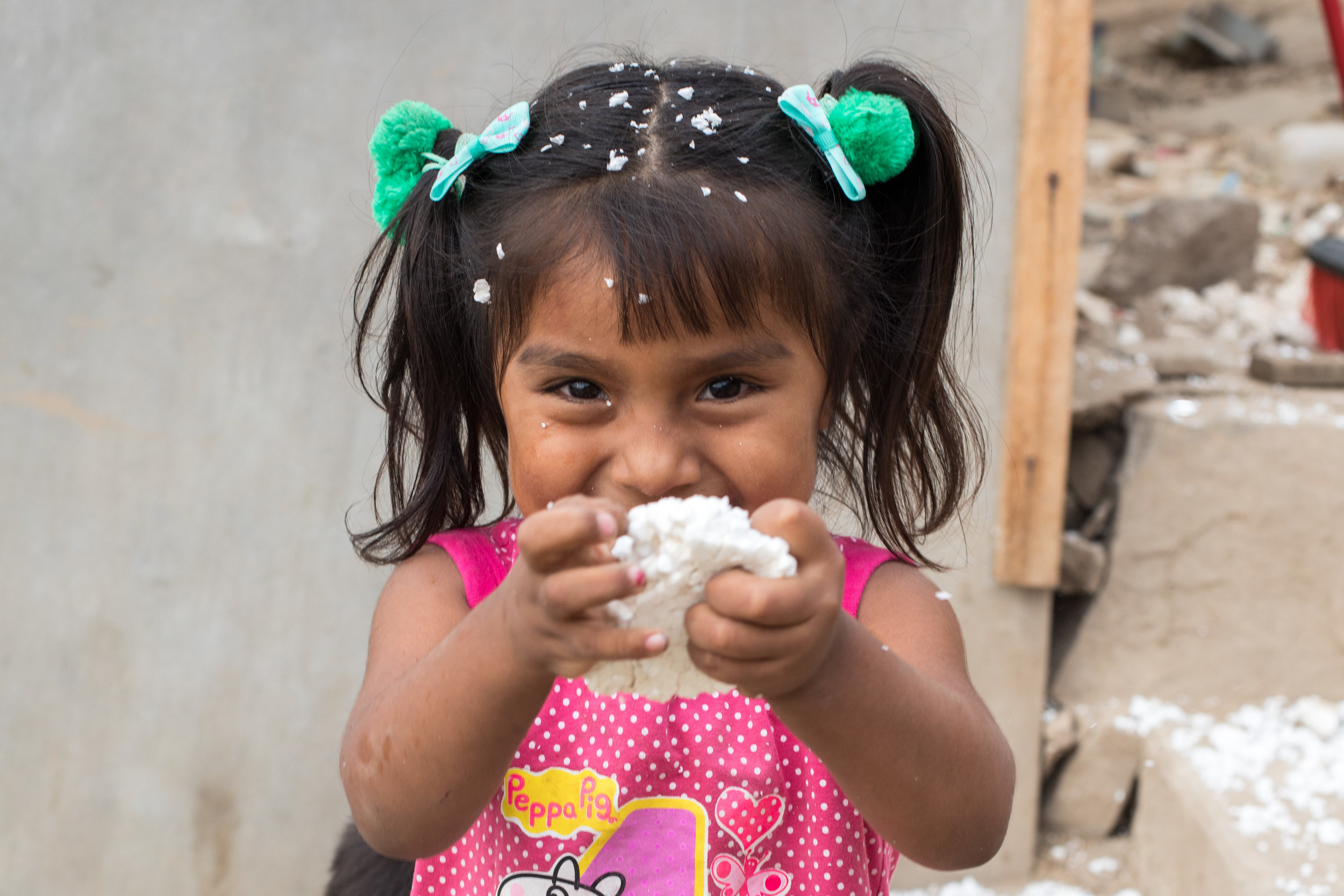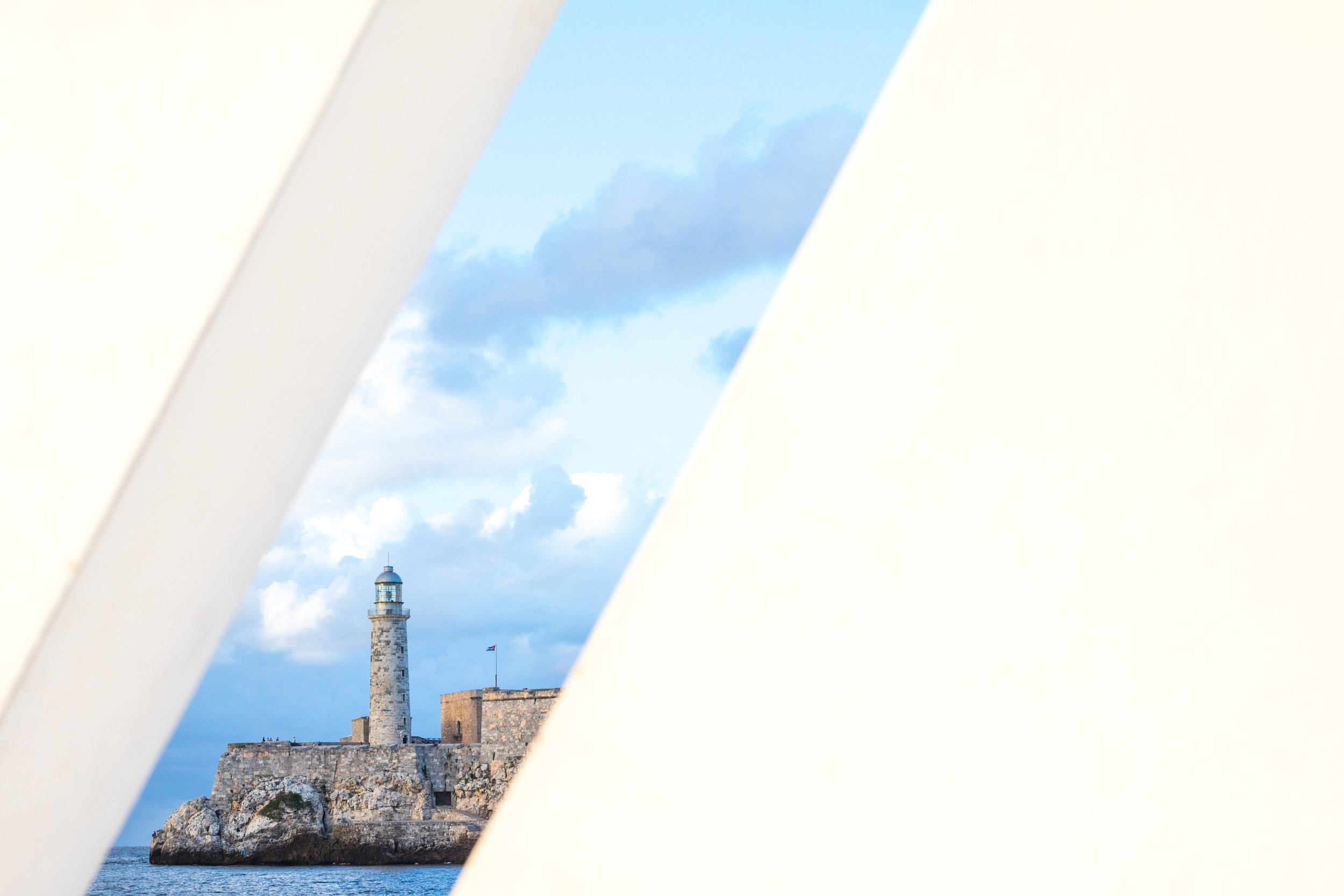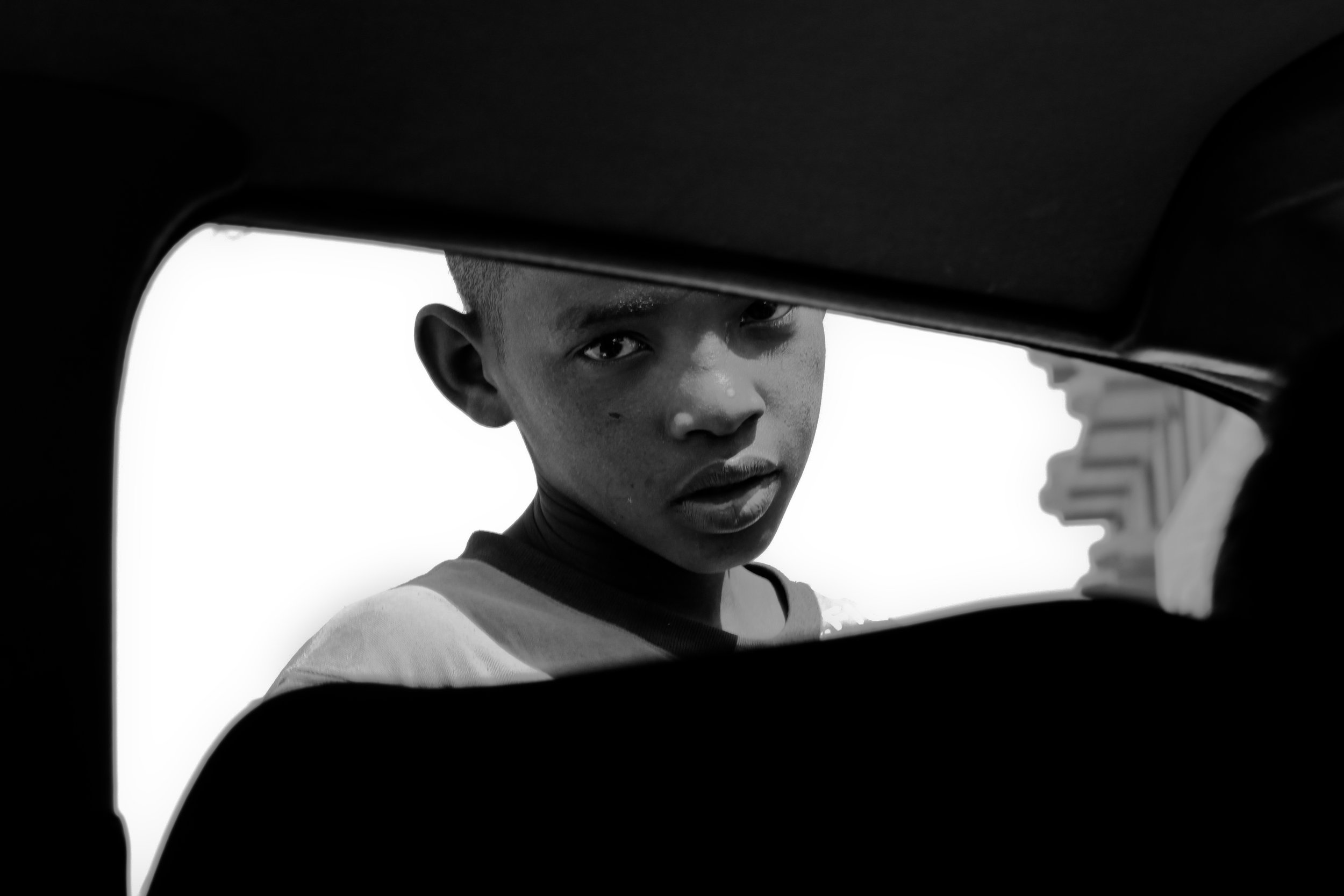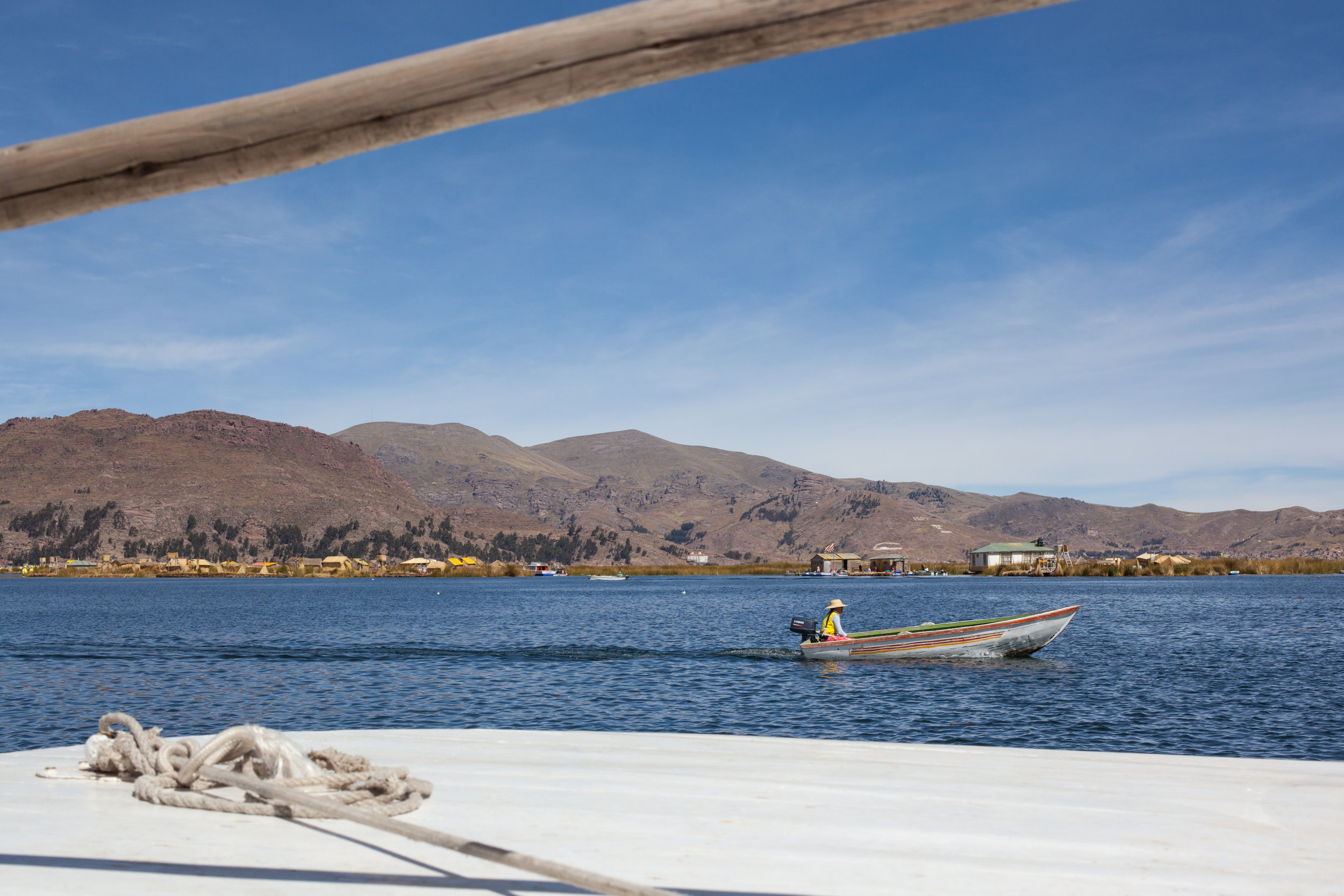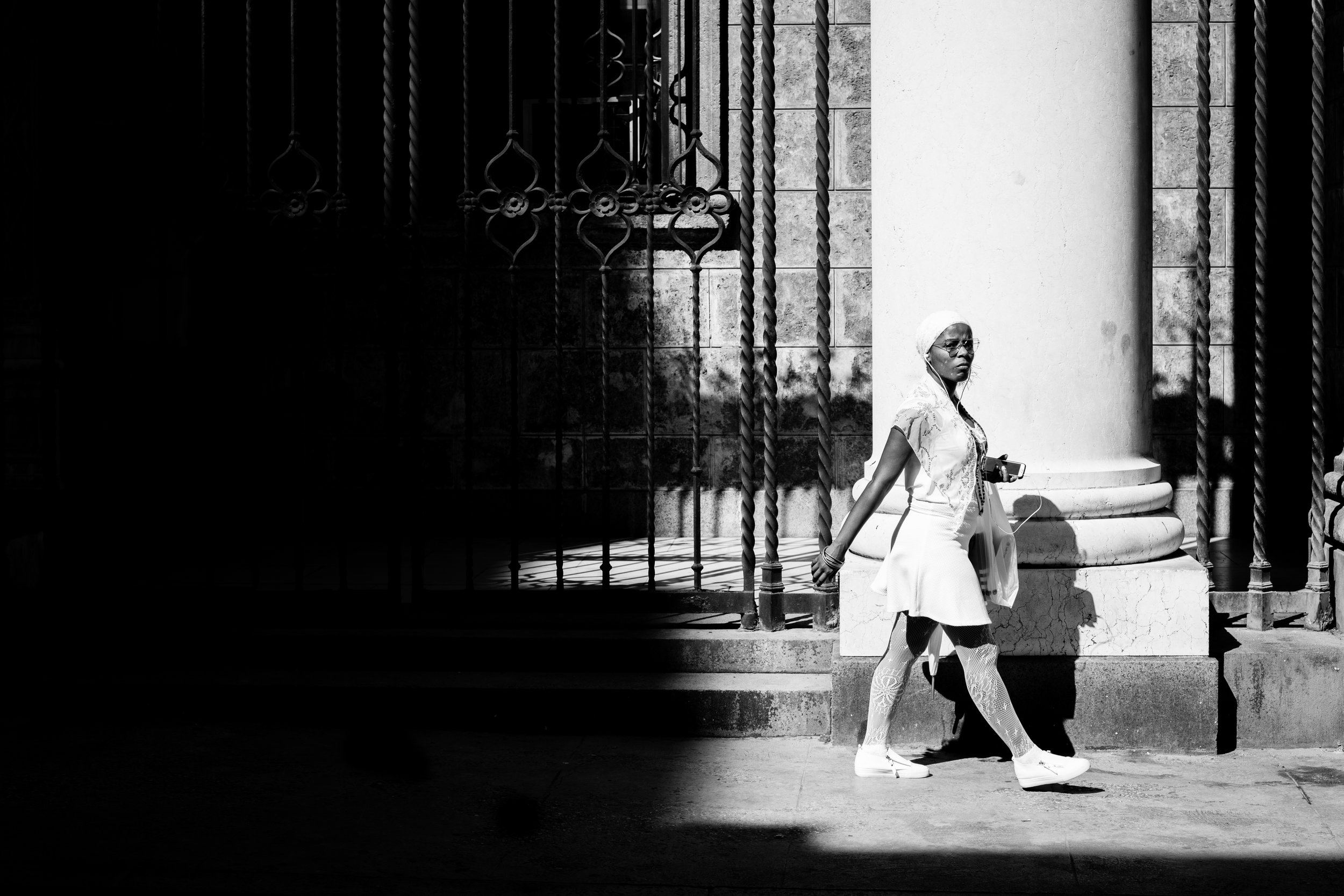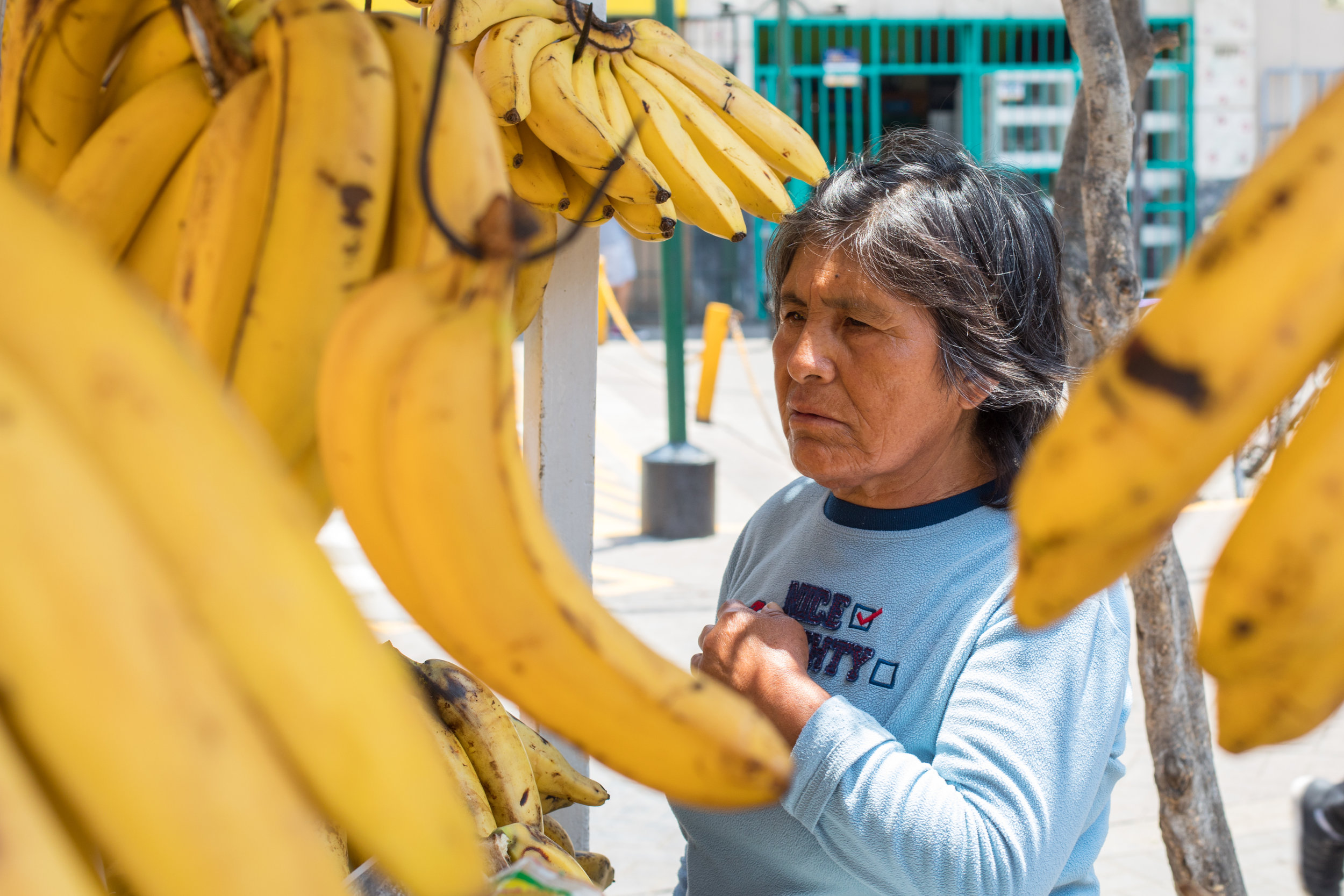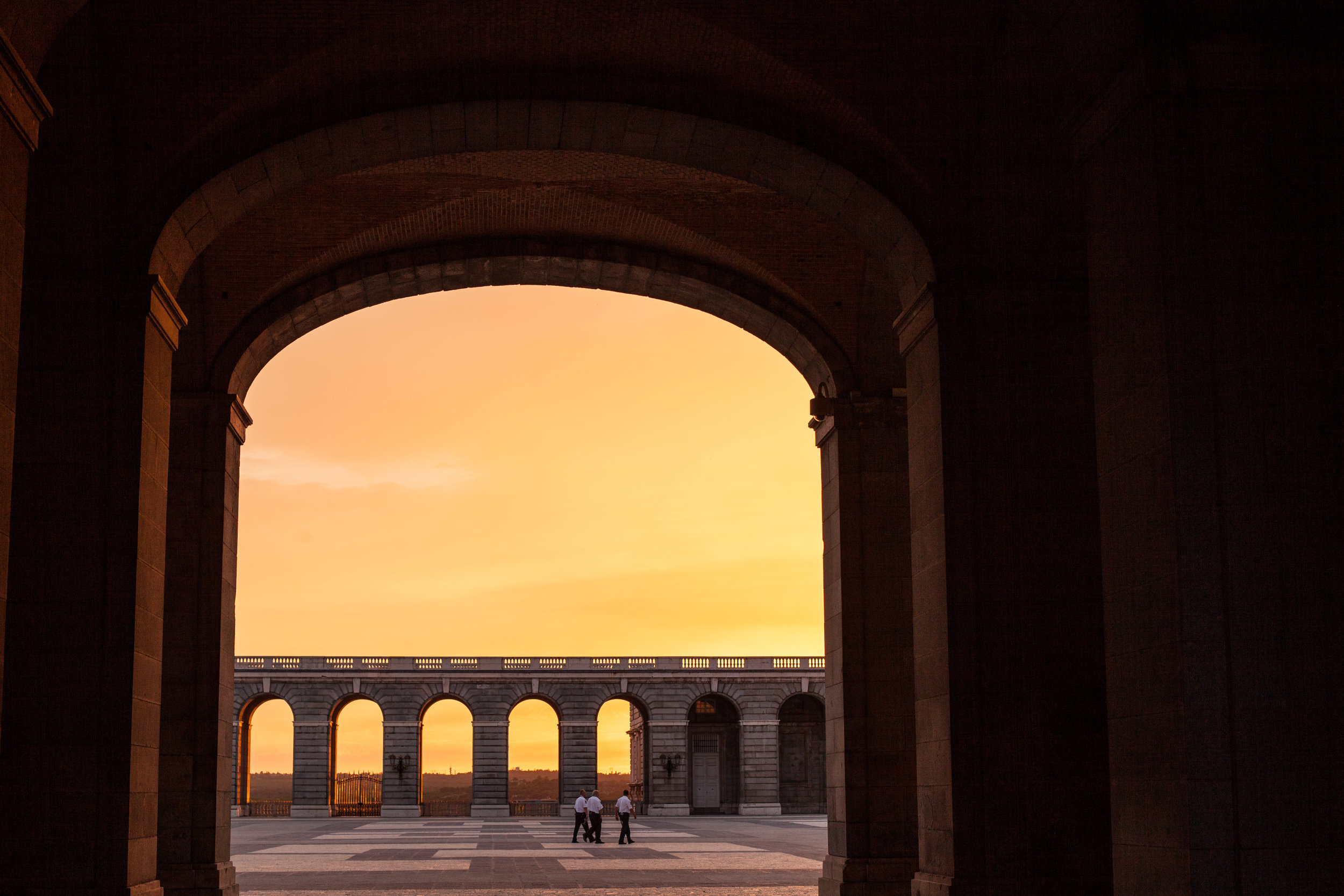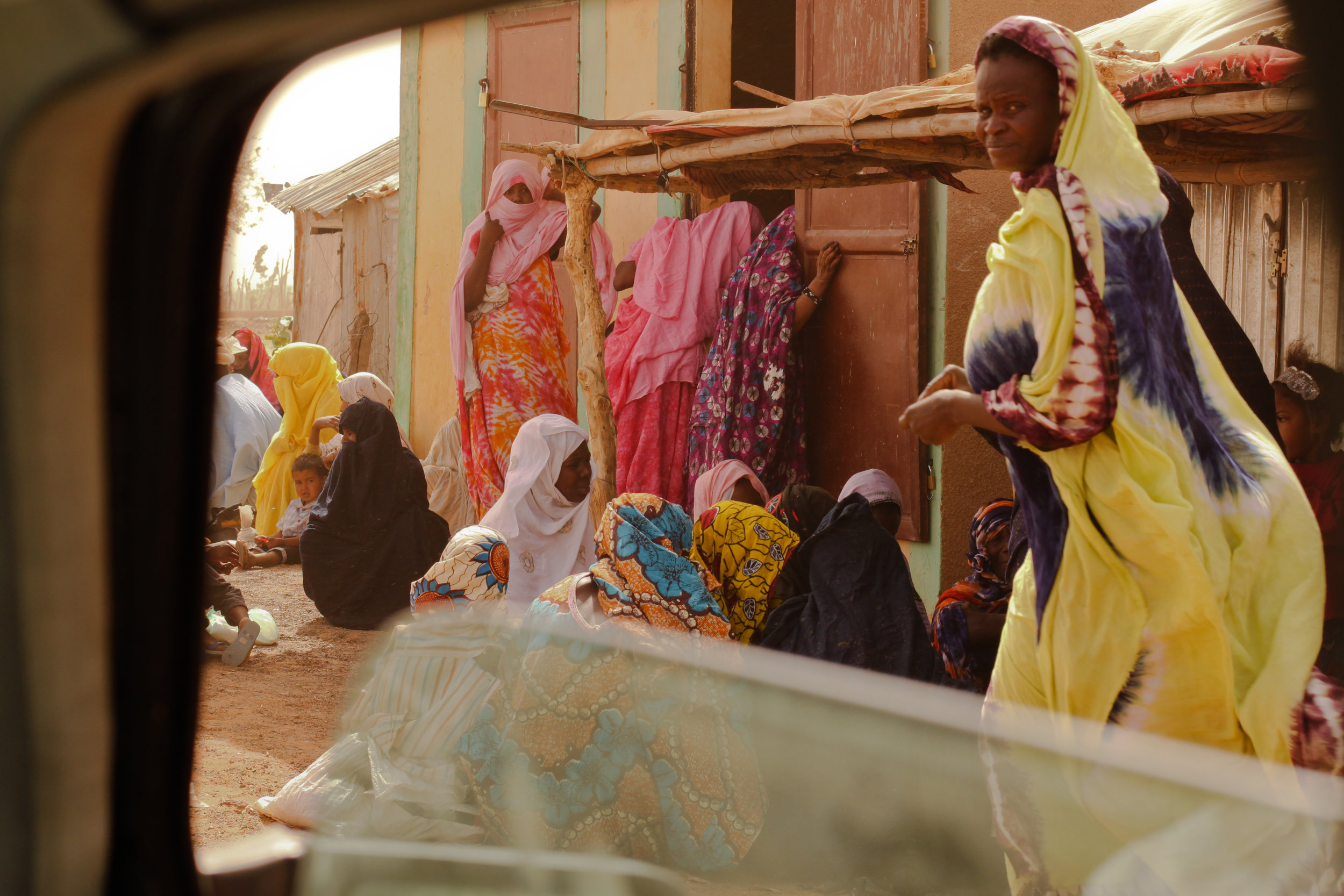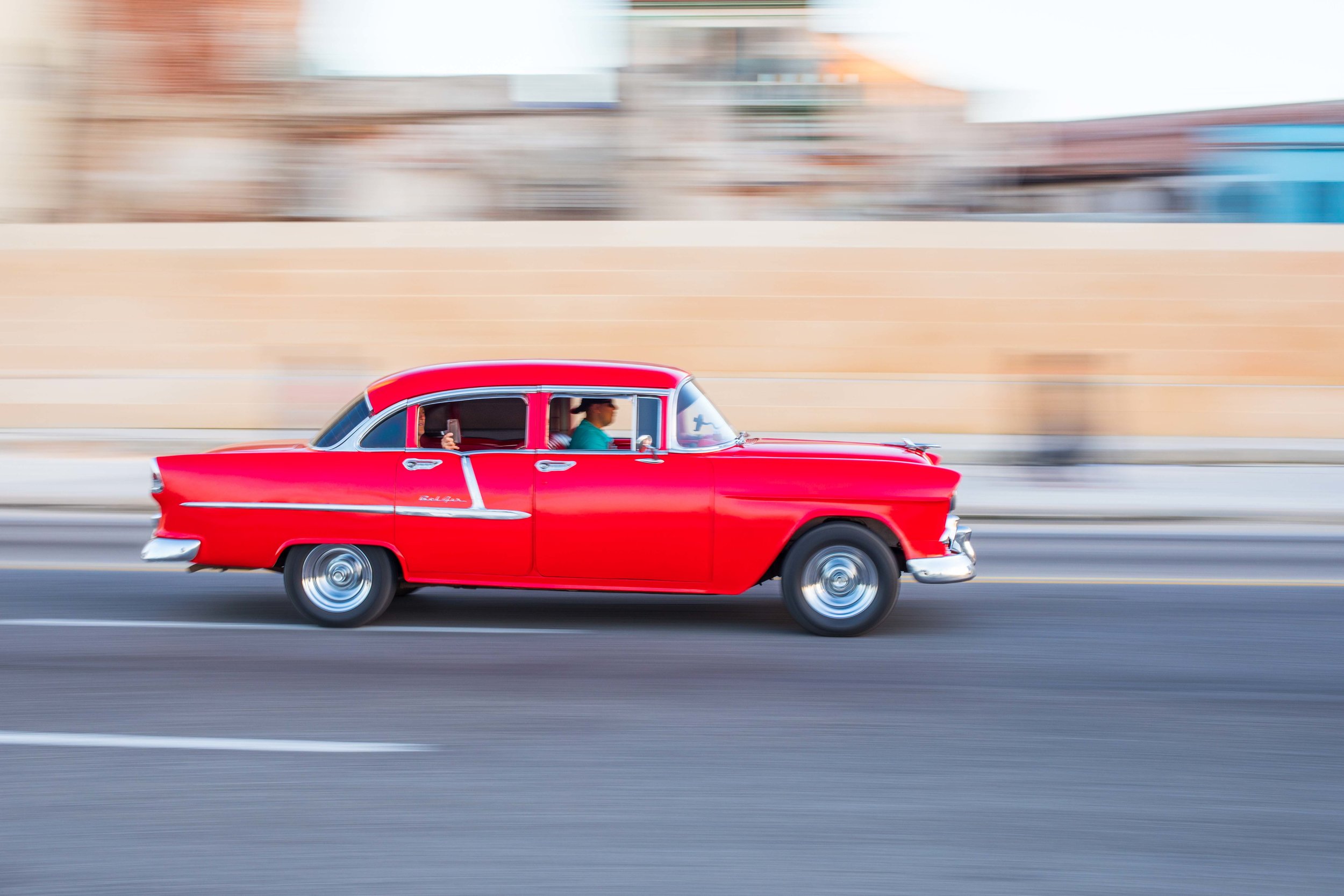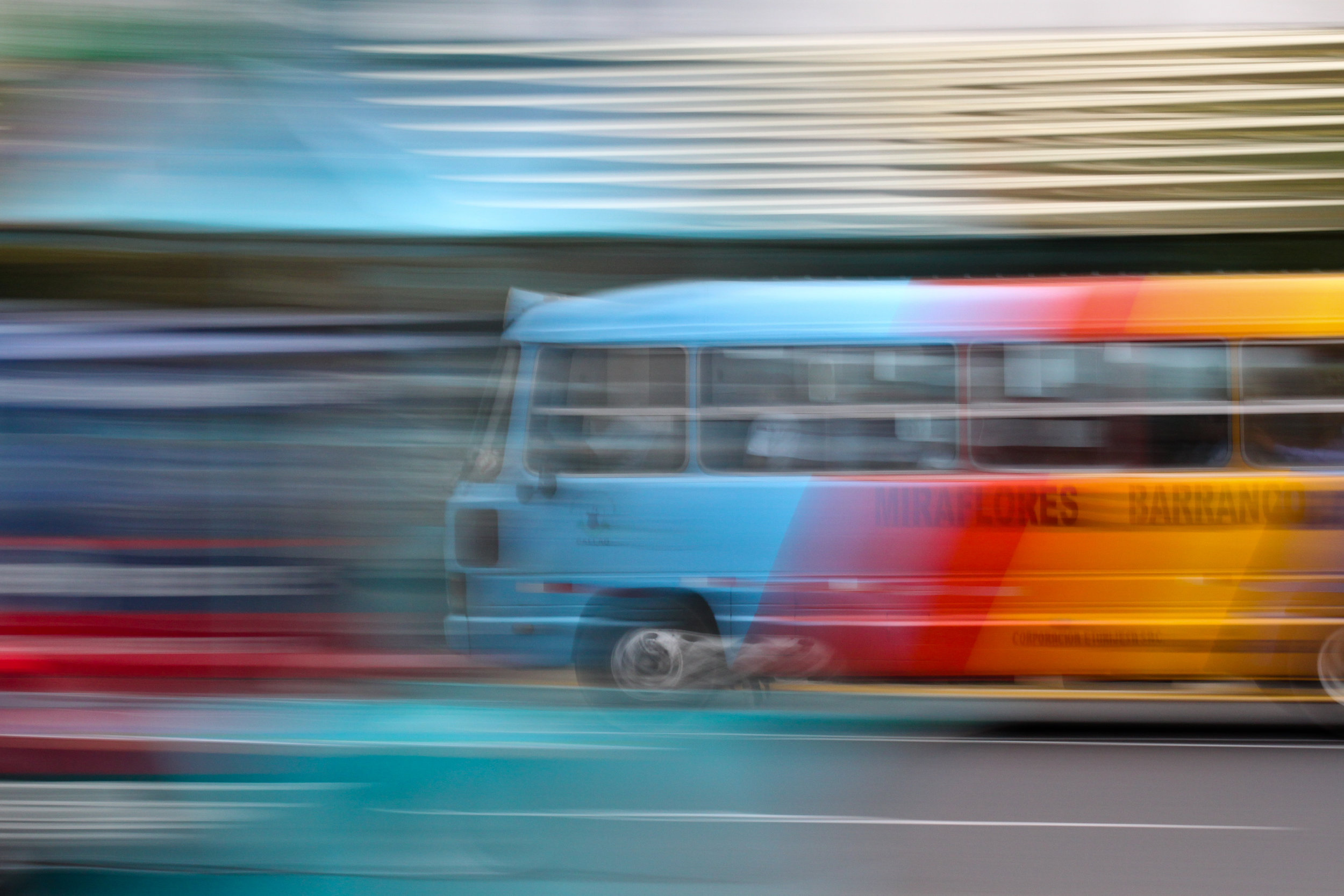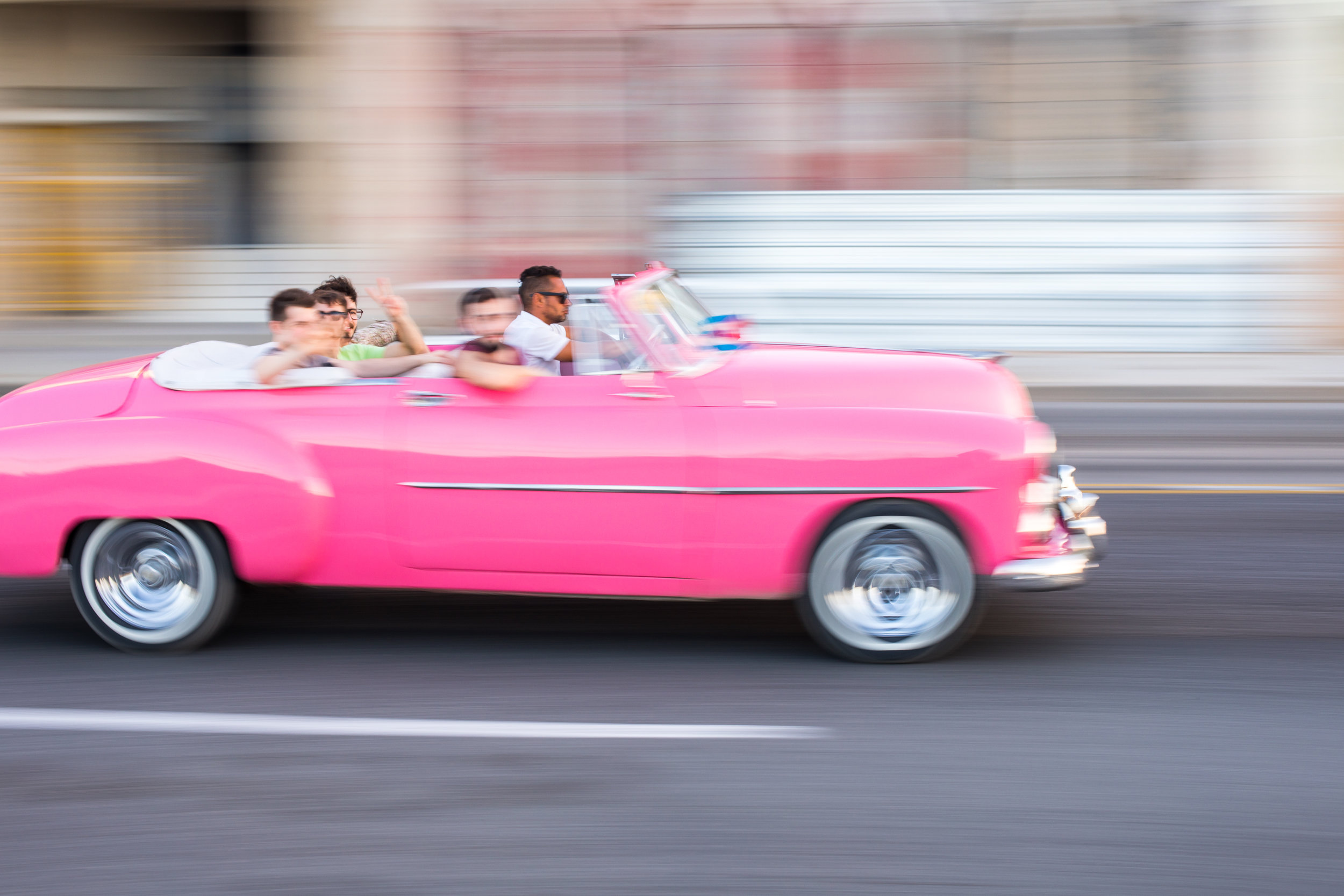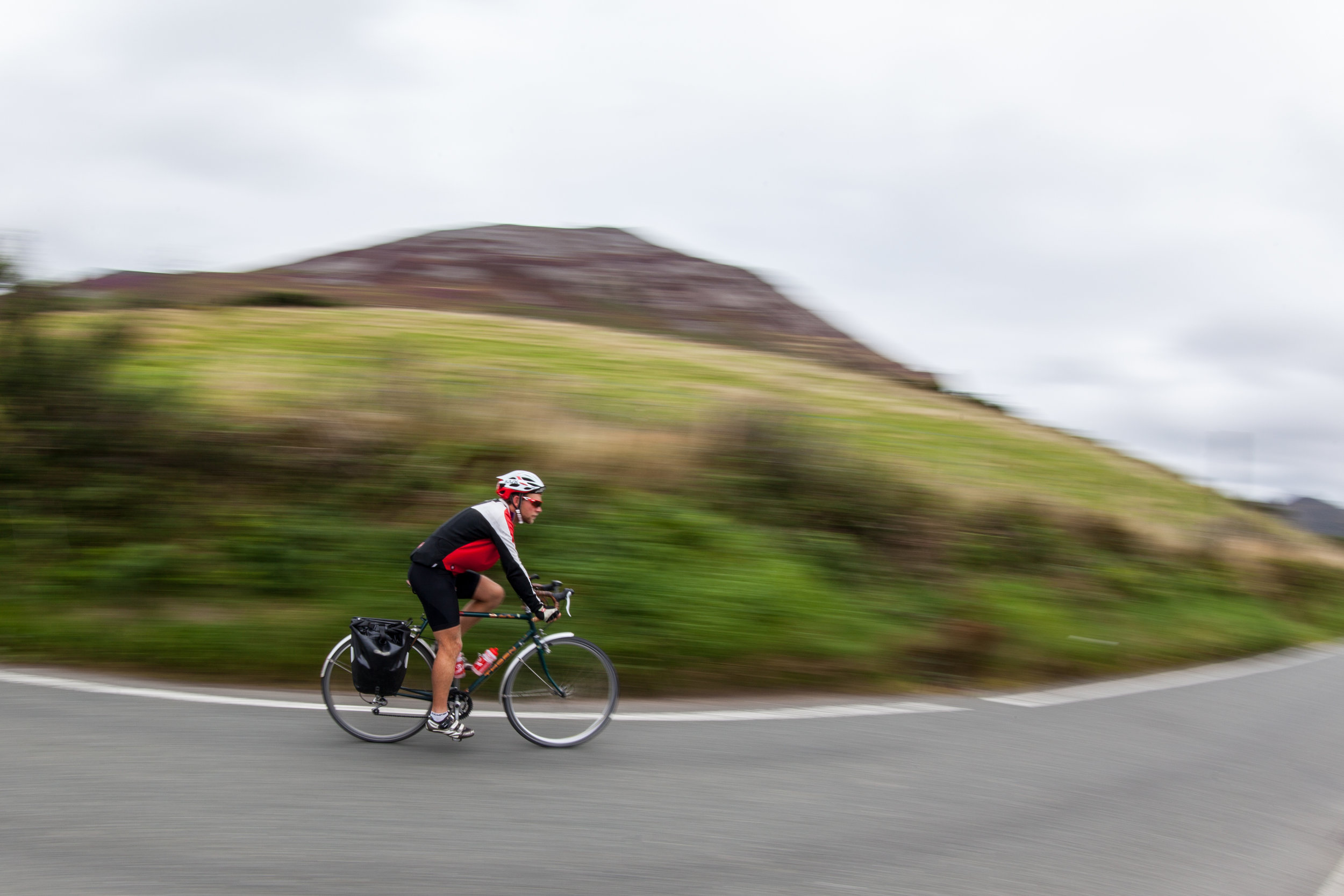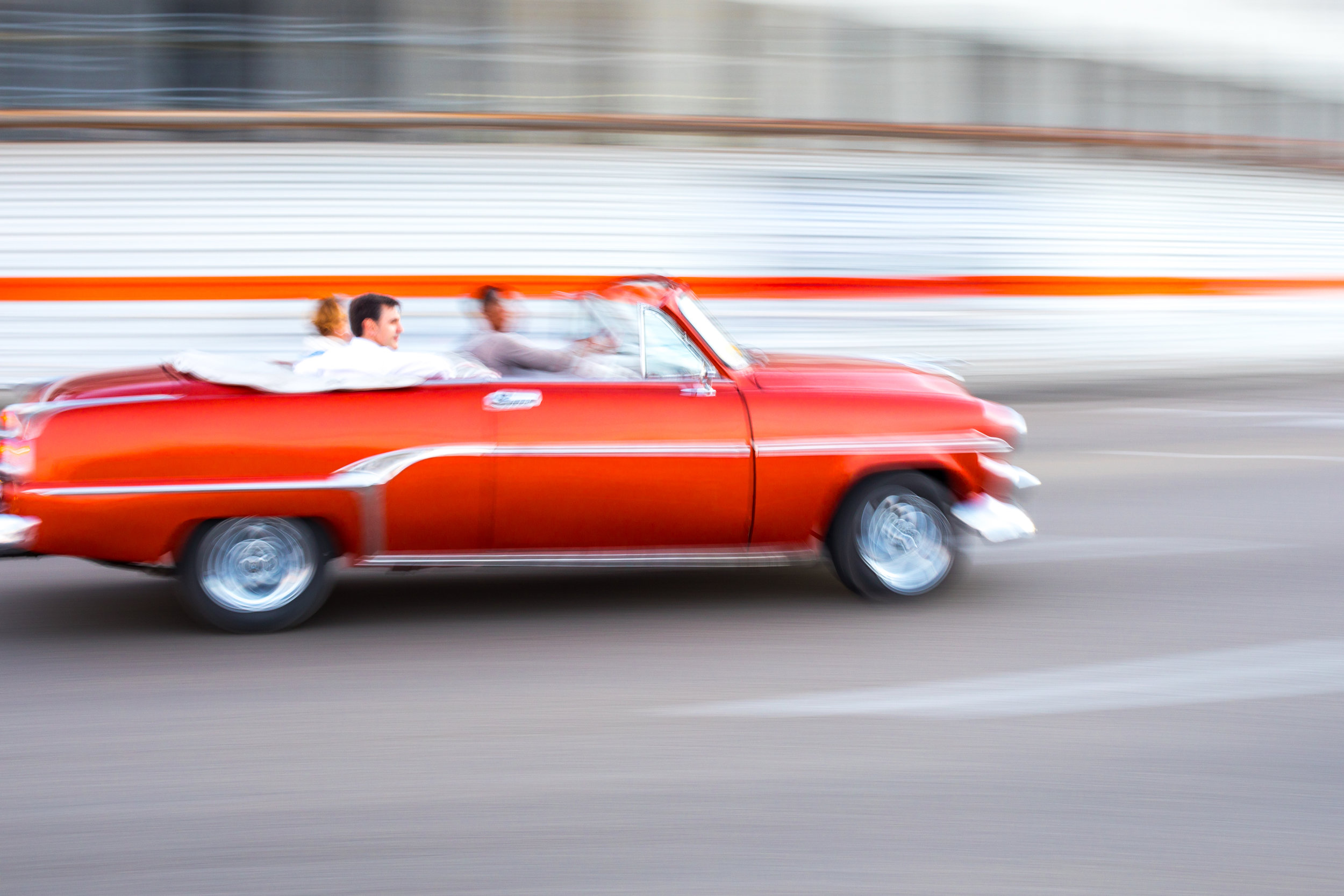Budapest, the capital of Hungary in Central Europe, is a stunning destination for travel photographers. The city is known for its rich history, architectural wonders, and natural beauty, making it a photographer's dream come true. The bustling City also offers up many great opportunities for street photography. Click through the slideshow below to view some of my travel photographs taken in Budapest:
One of the most iconic landmarks of Budapest is the Hungarian Parliament Building, a massive Gothic Revival-style structure that sits on the banks of the Danube River. From the opposite bank, you can capture stunning panoramic shots of the building, especially during sunset when the building is bathed in golden light. At night the Parliament Building is illuminated, head down after dark and take a tripod for some long exposures. The Danube itself also a variety of photographic options, the light on the water at sunset is beautiful.
Another must-visit destination for travel photography in Budapest is the Fisherman's Bastion, a unique lookout point with panoramic views of the city. The Bastion's towers, arches, and turrets make for a perfect subject for architectural photography.
For some natural beauty and nature images head to Margaret Island and the City Park. Both destinations are great spots for capturing the beauty of Budapest's green spaces. Margaret Island is a serene park in the middle of the Danube, while the City Park boasts a picturesque lake and a historic castle. Click through the slideshow below to view some of my nature photographs taken in Budapest:
To sum up, Budapest is a destination that offers endless photographic opportunities for the travel photographer. From historic landmarks and incredible architecture to natural beauty, Budapest is an excellent City to practice your photography.
More of my photography from Budapest can be found on my website, my Flickr account, and for license via Getty Images. If you are interested in purchasing any prints, using an image online or for anything else please send me an email.
